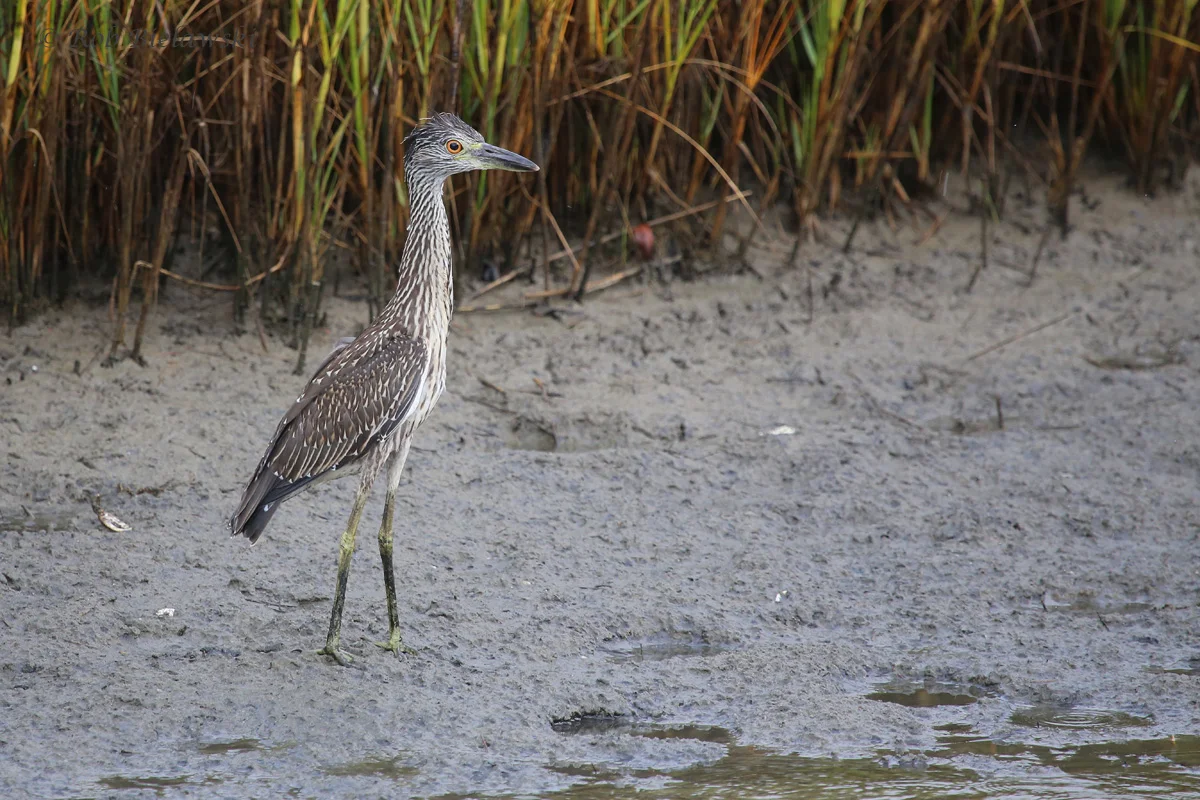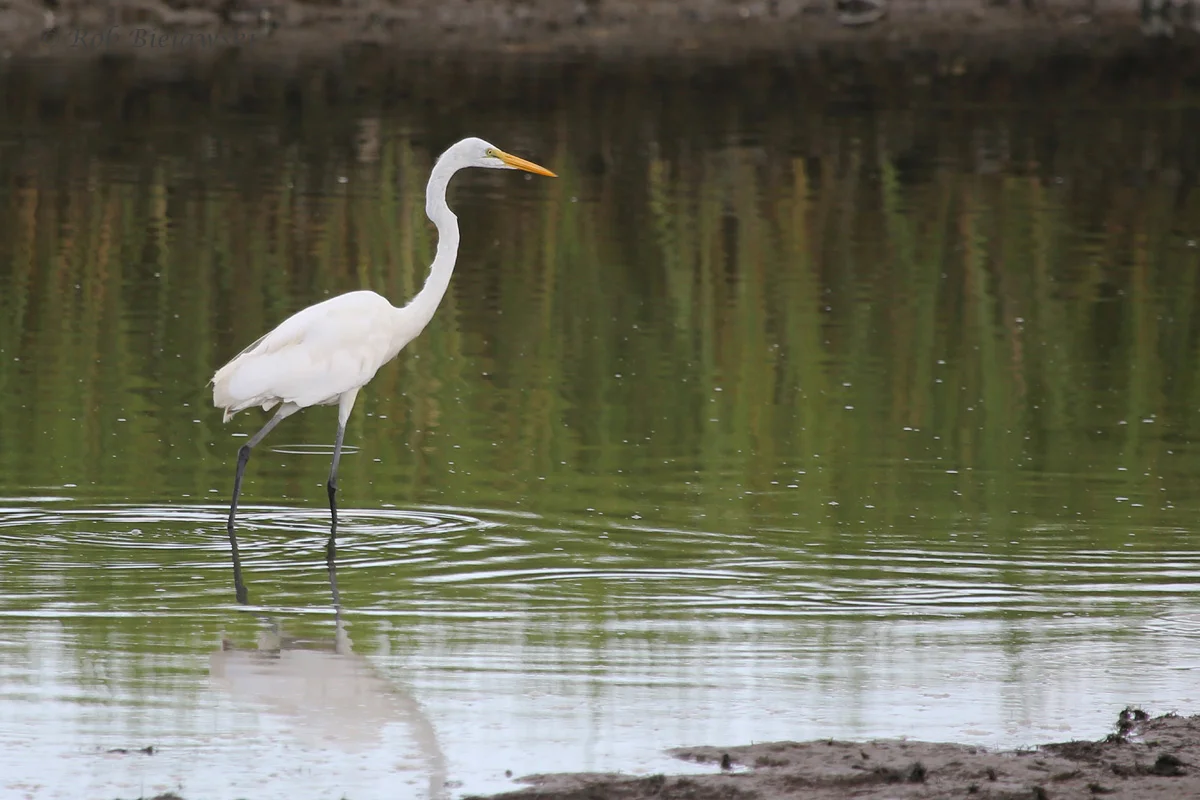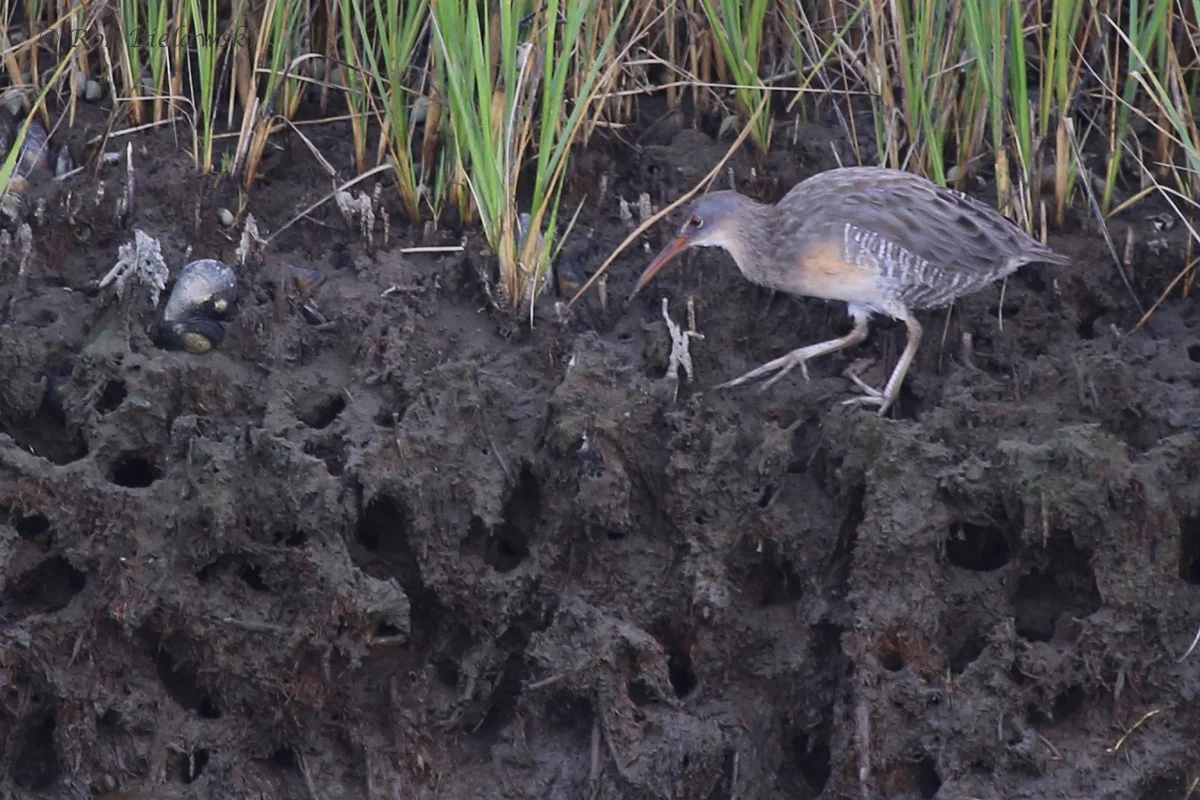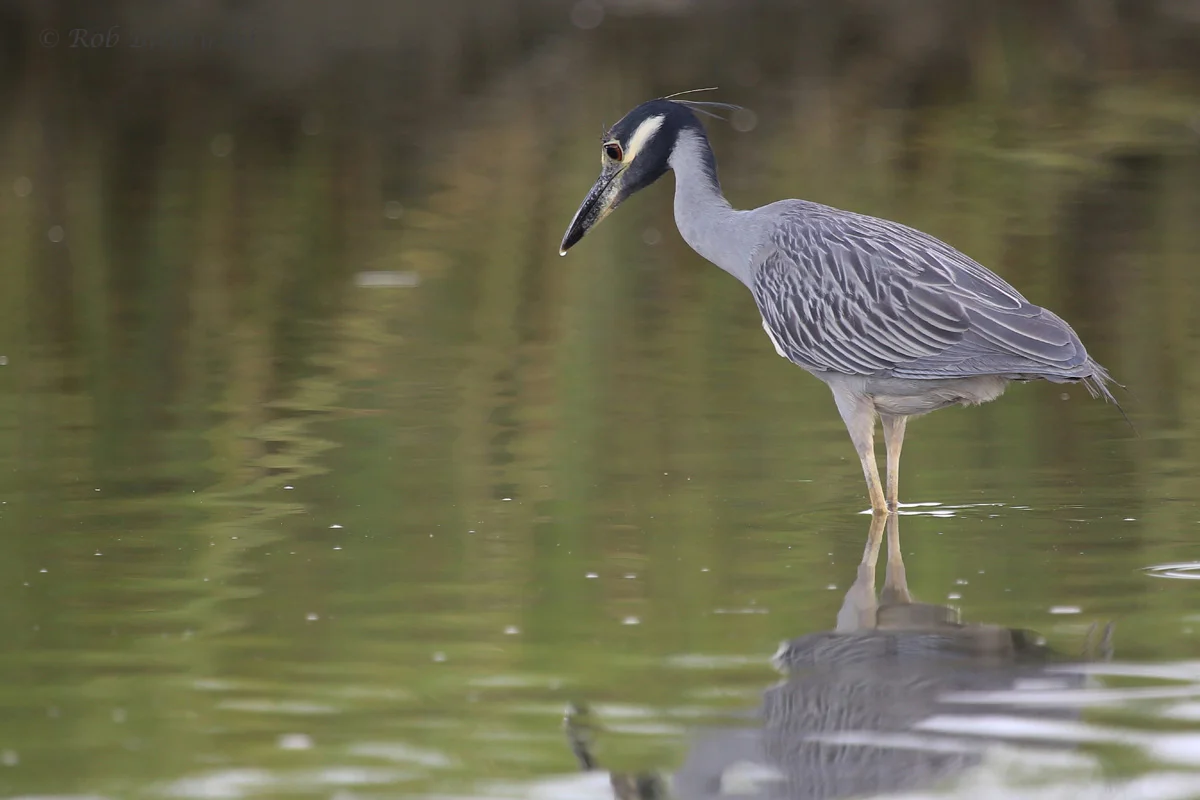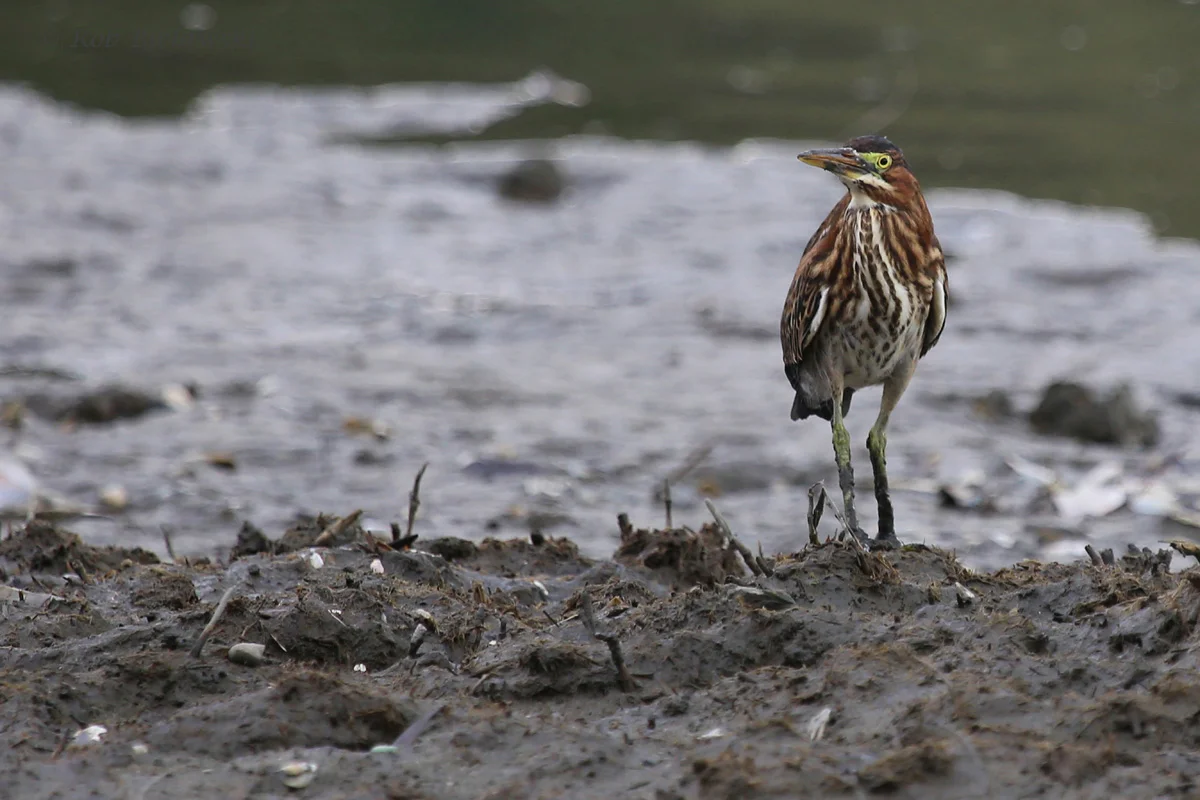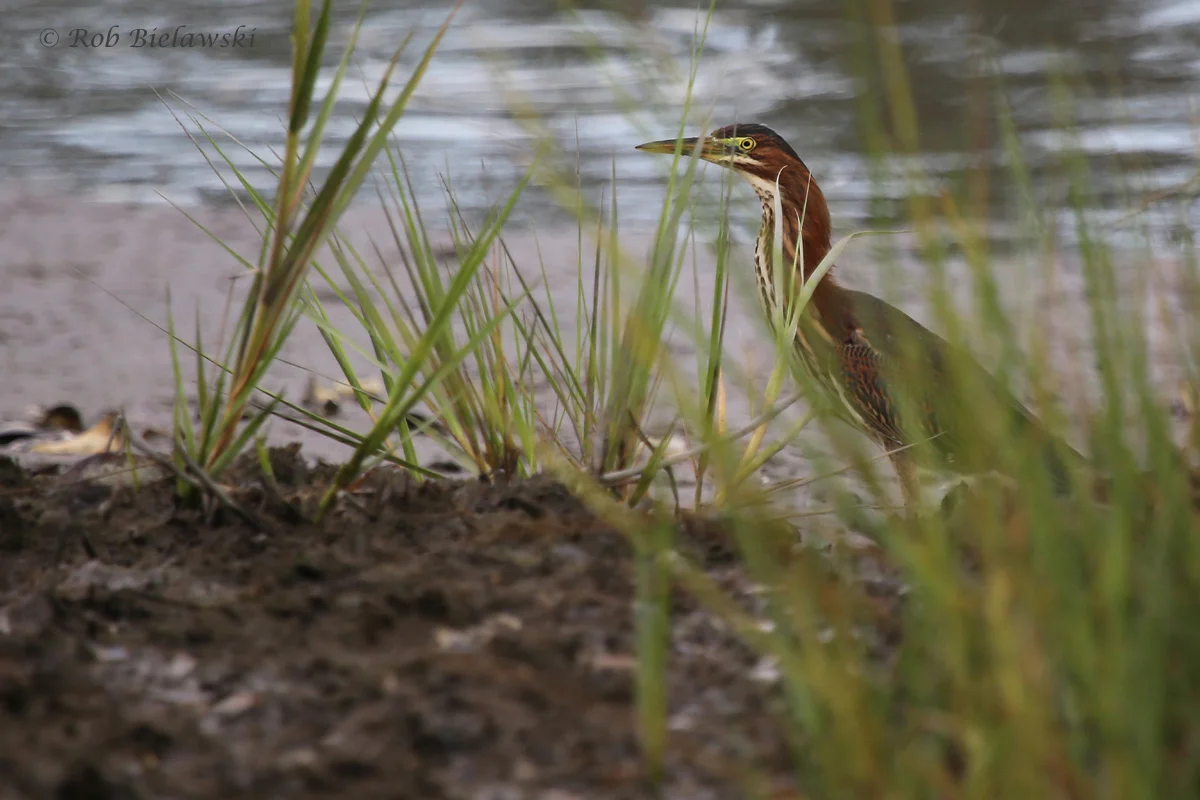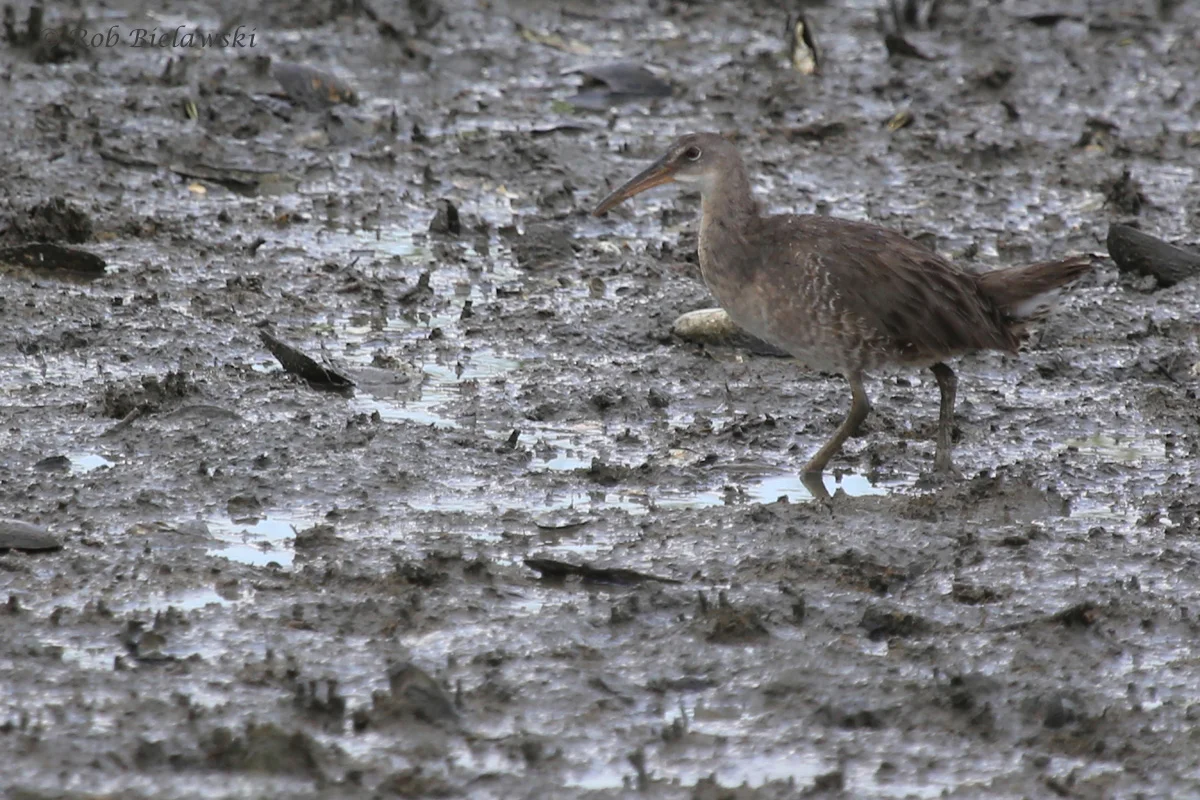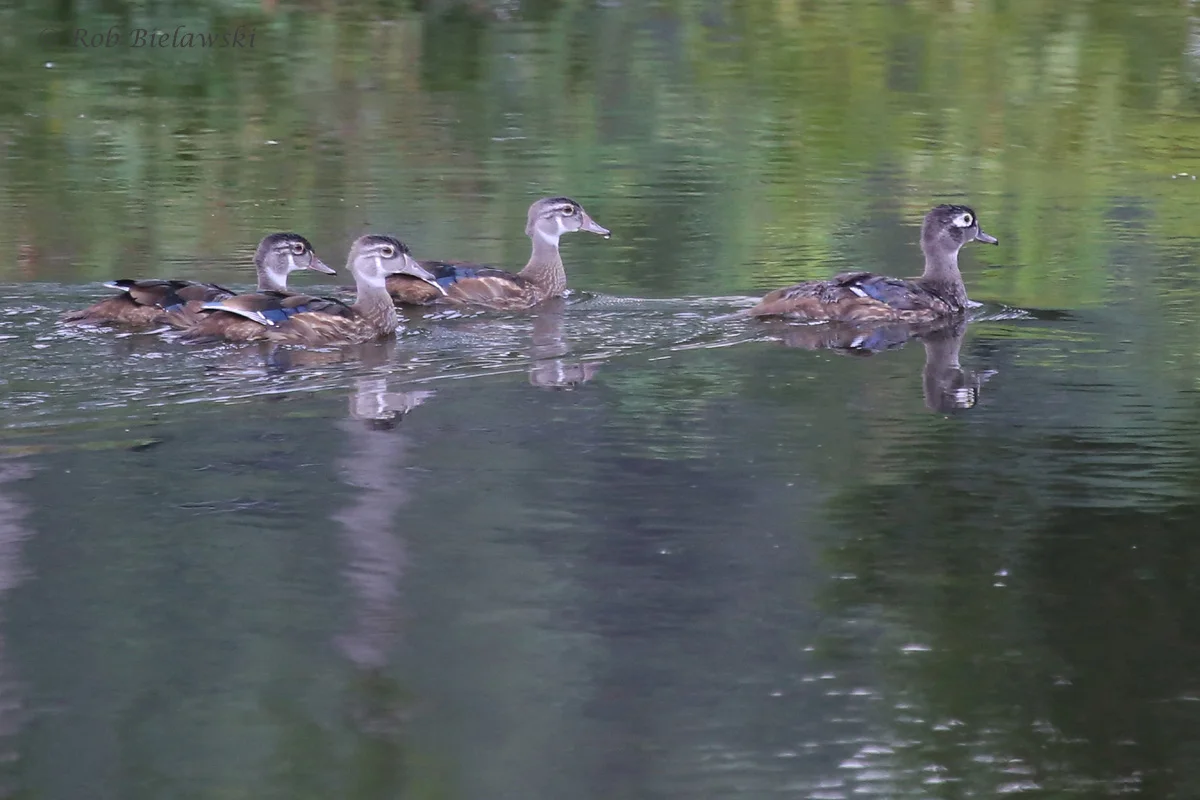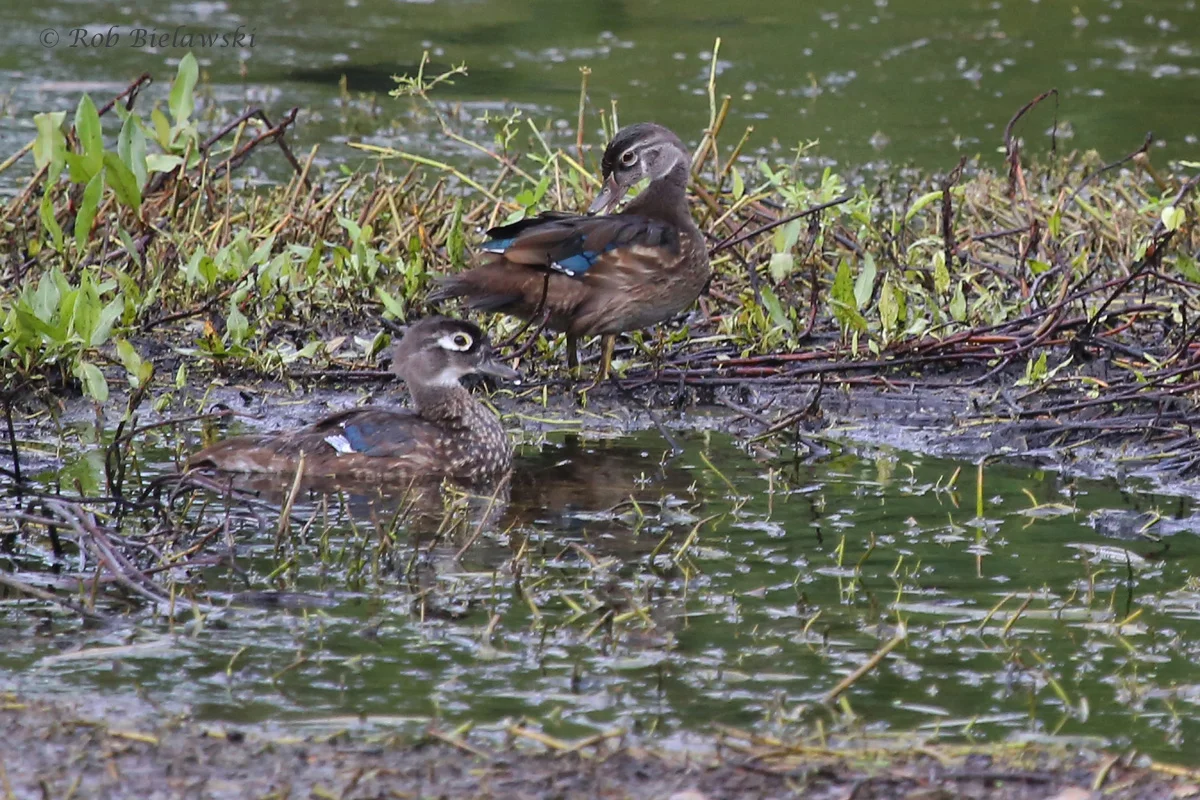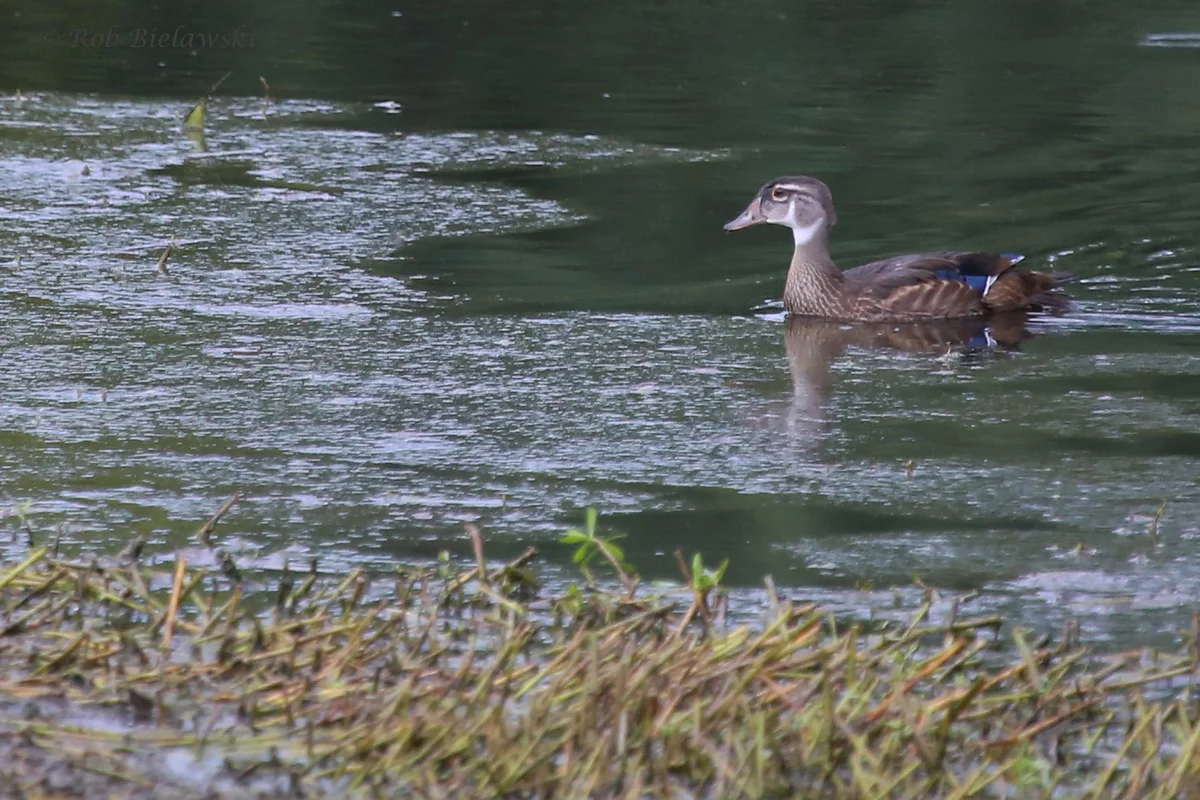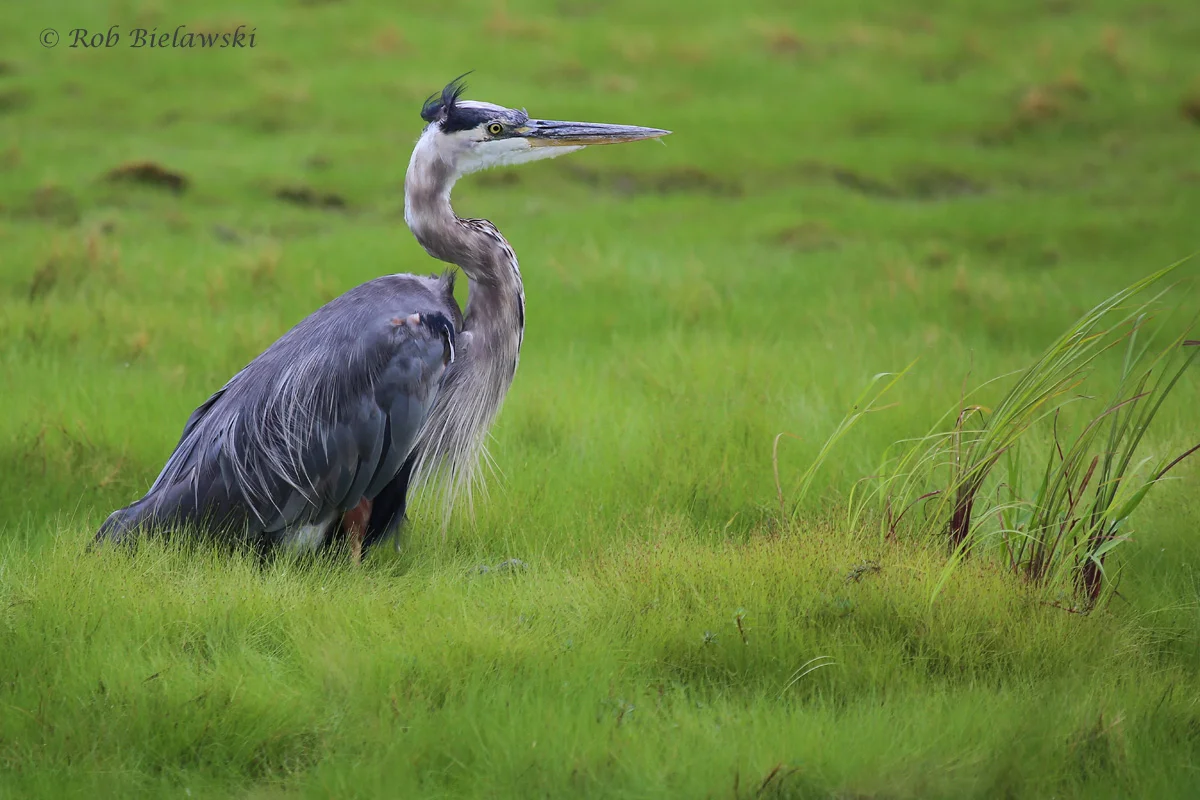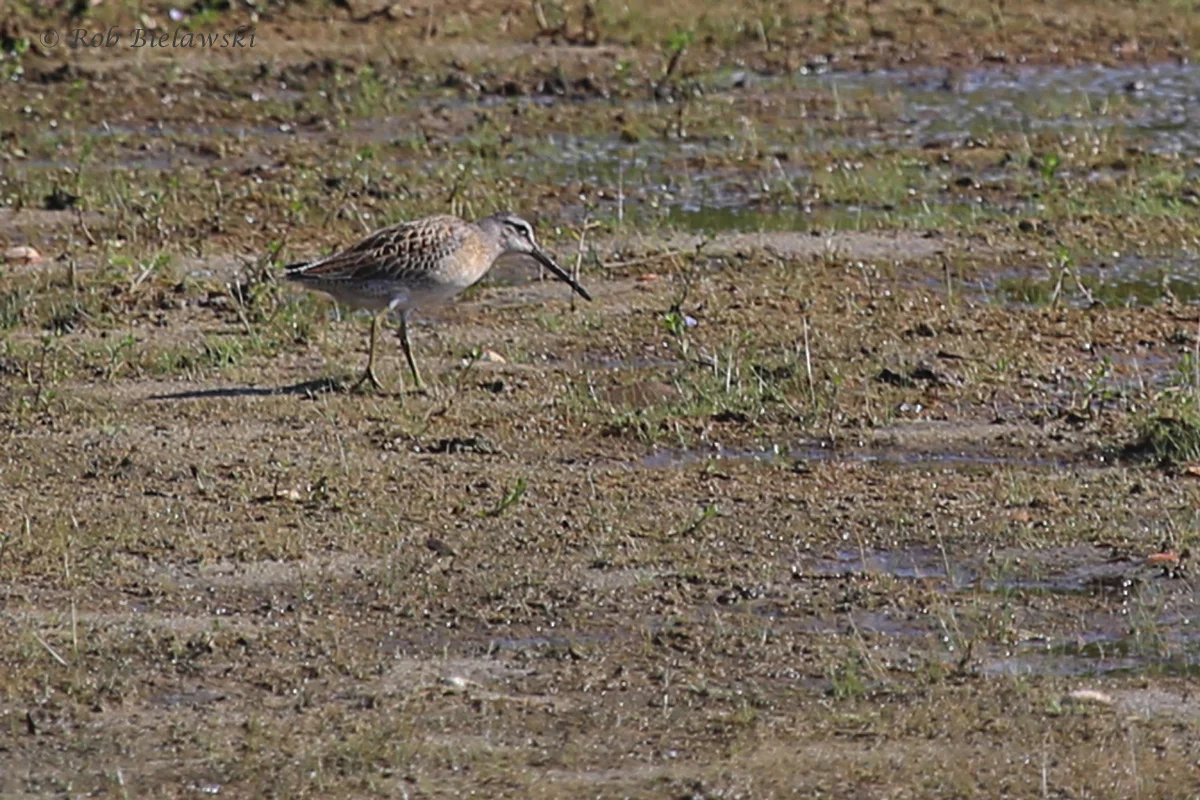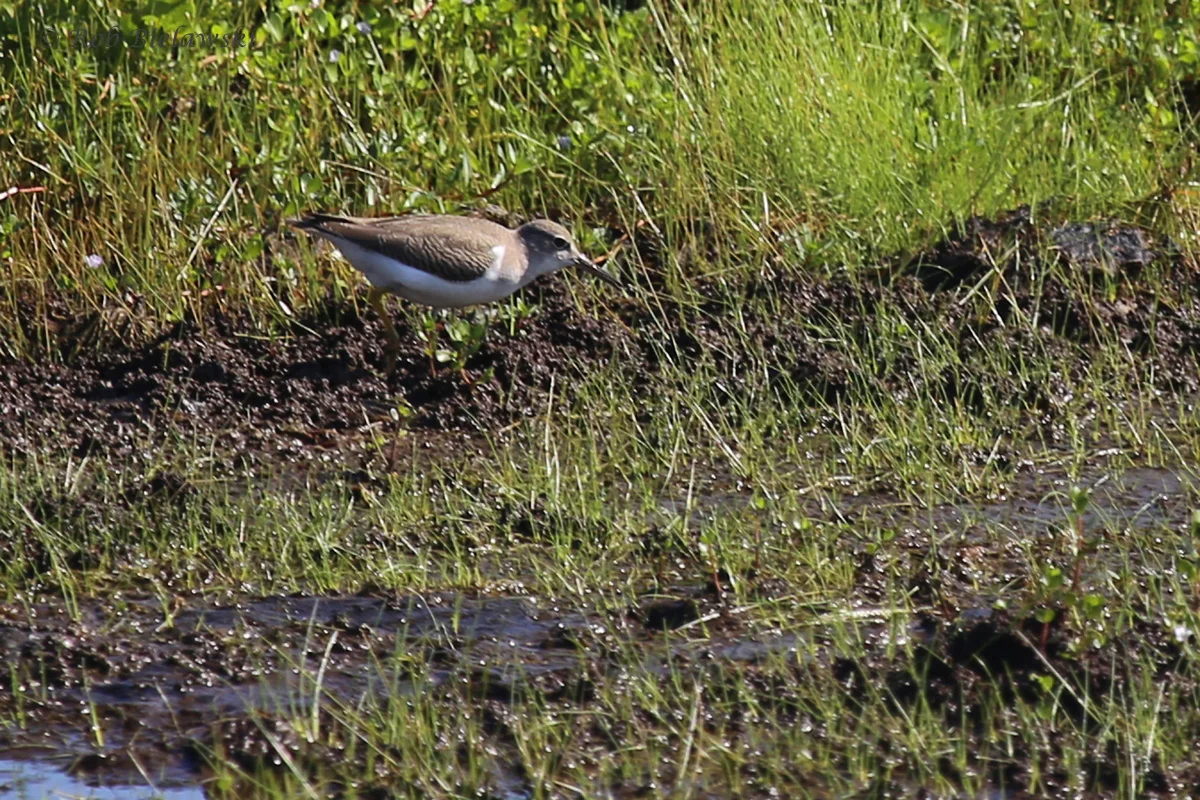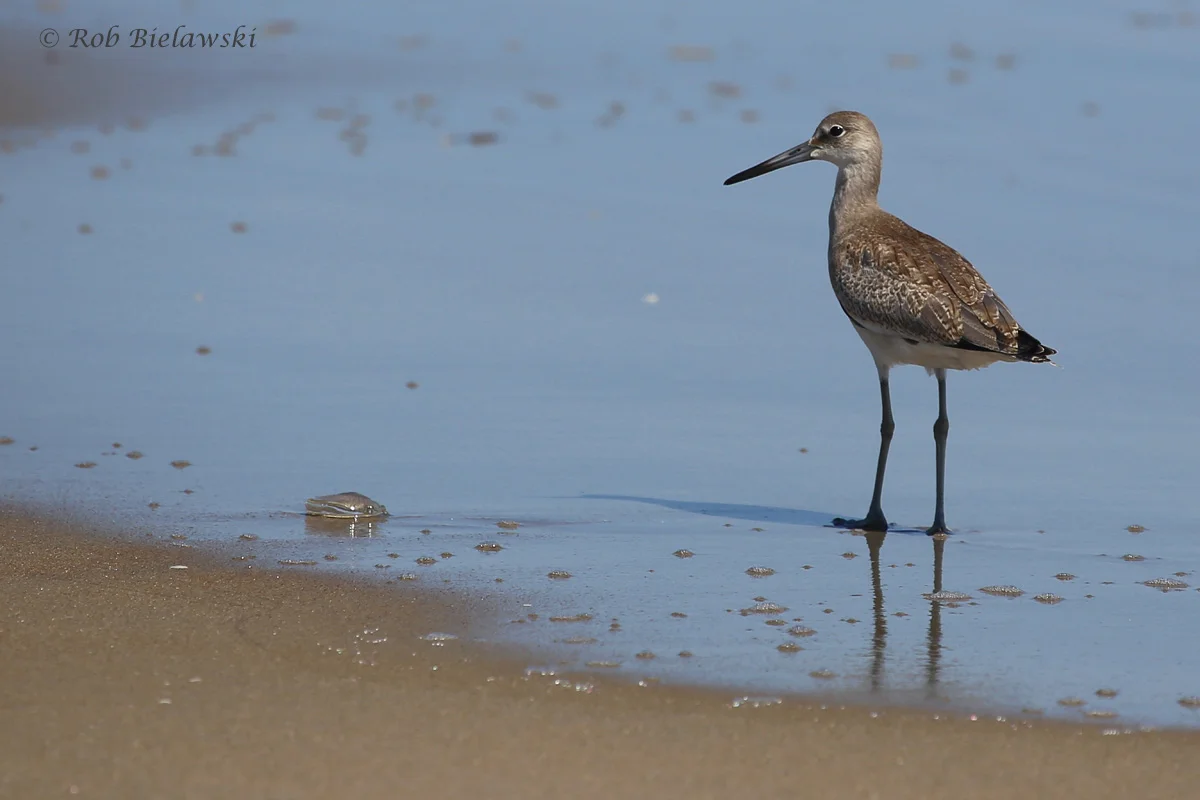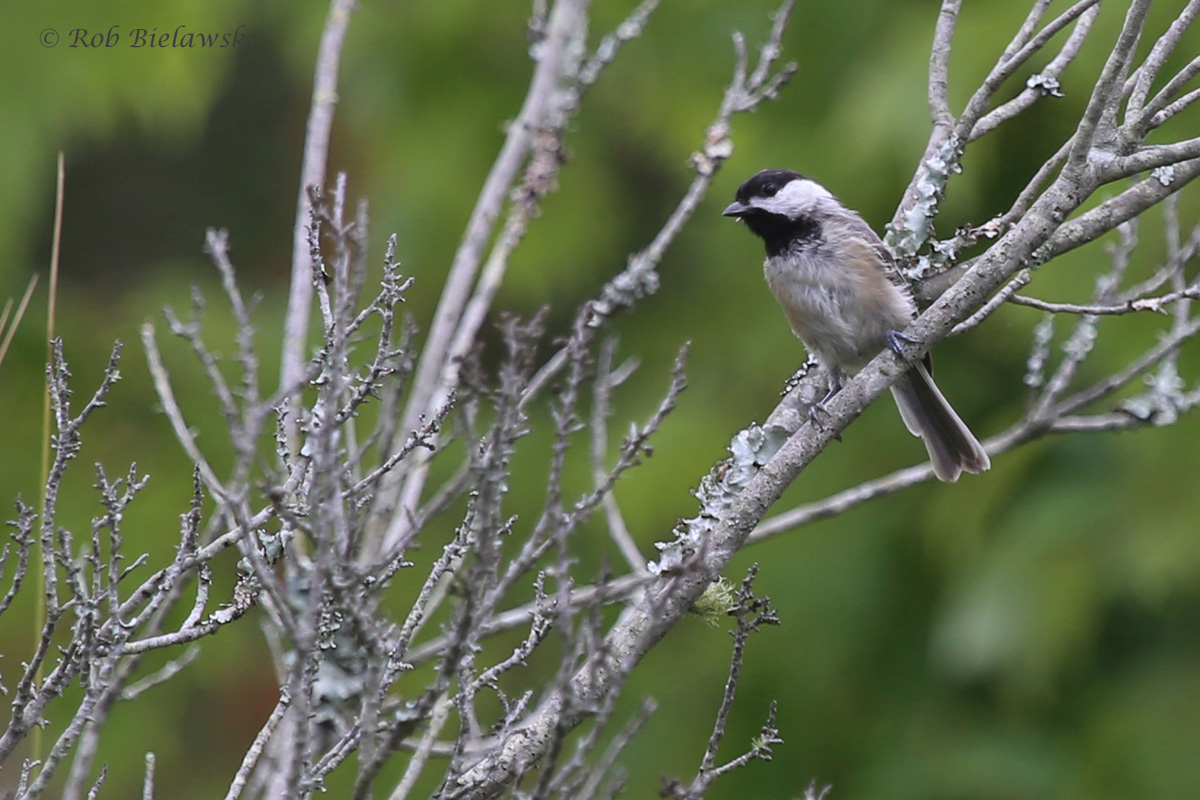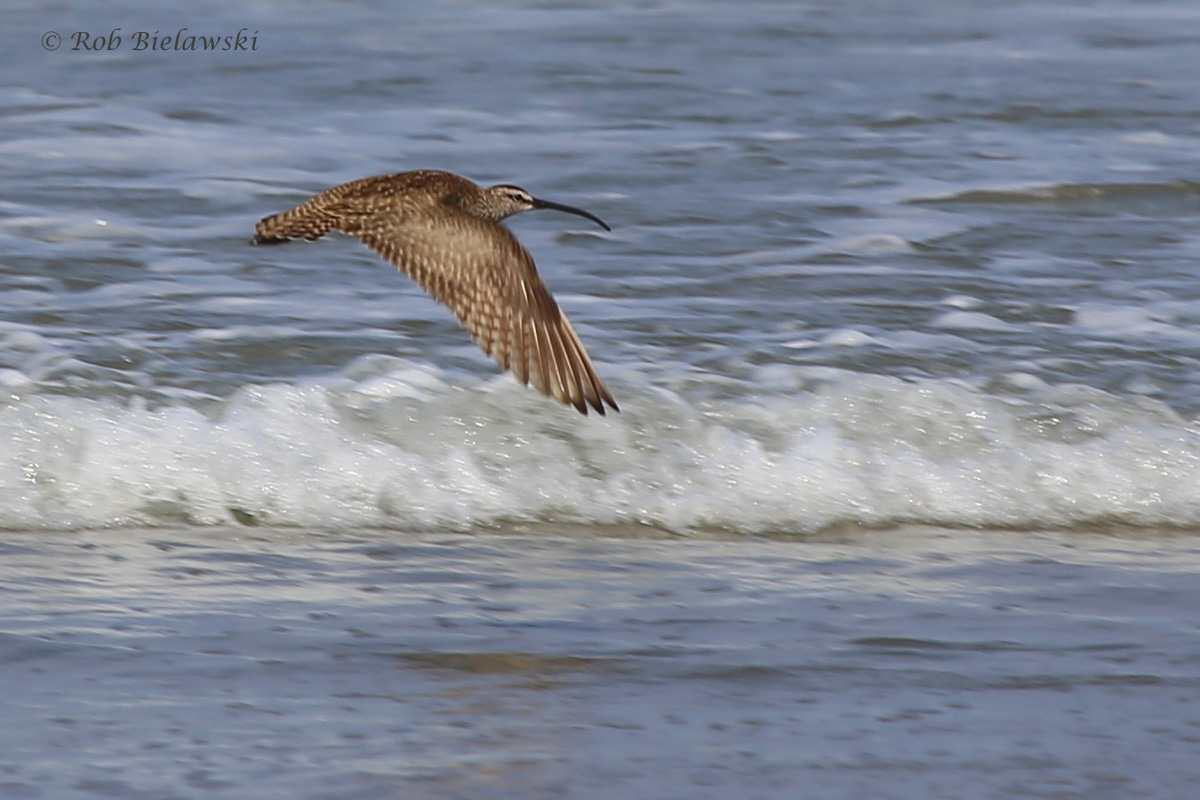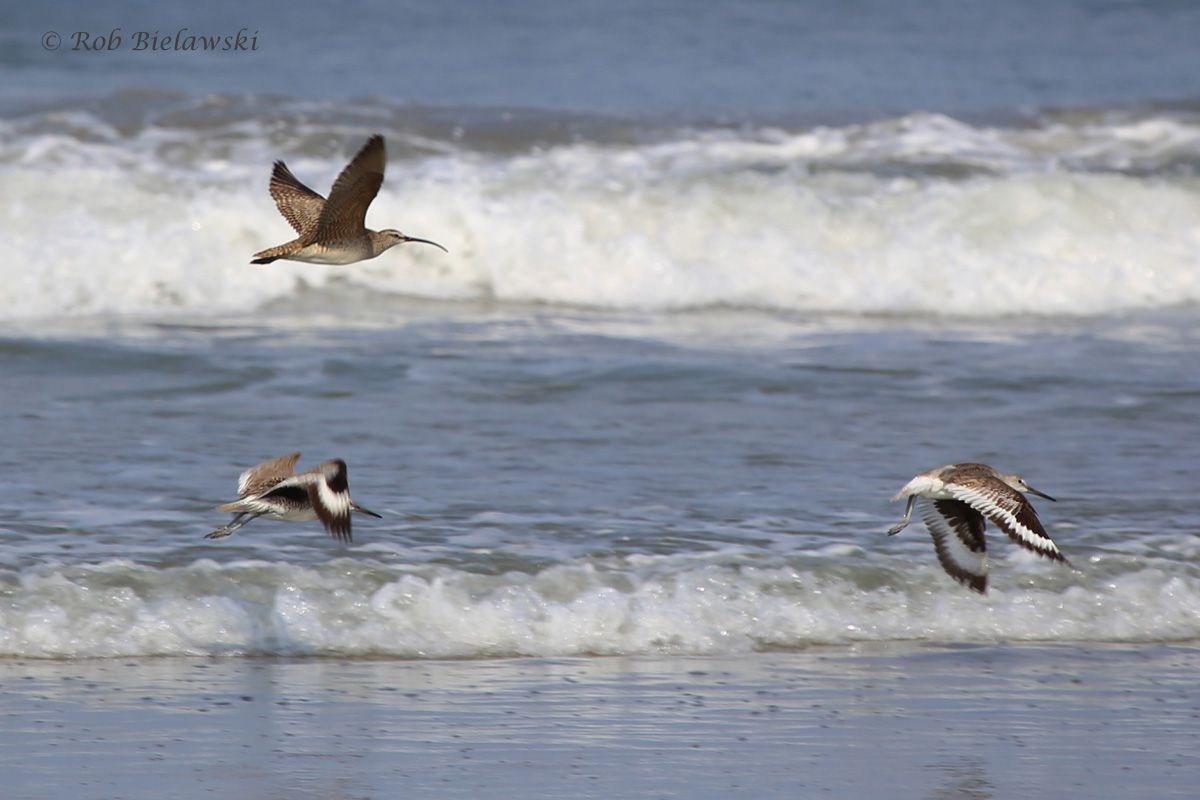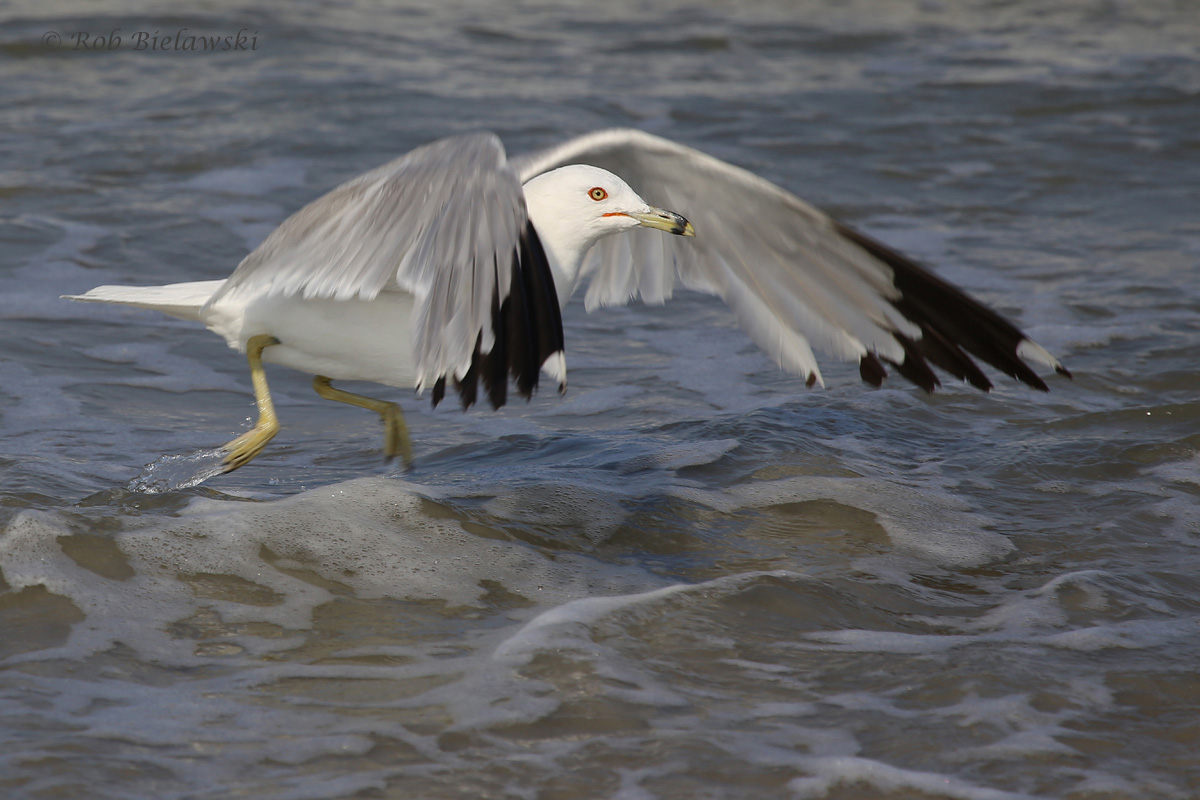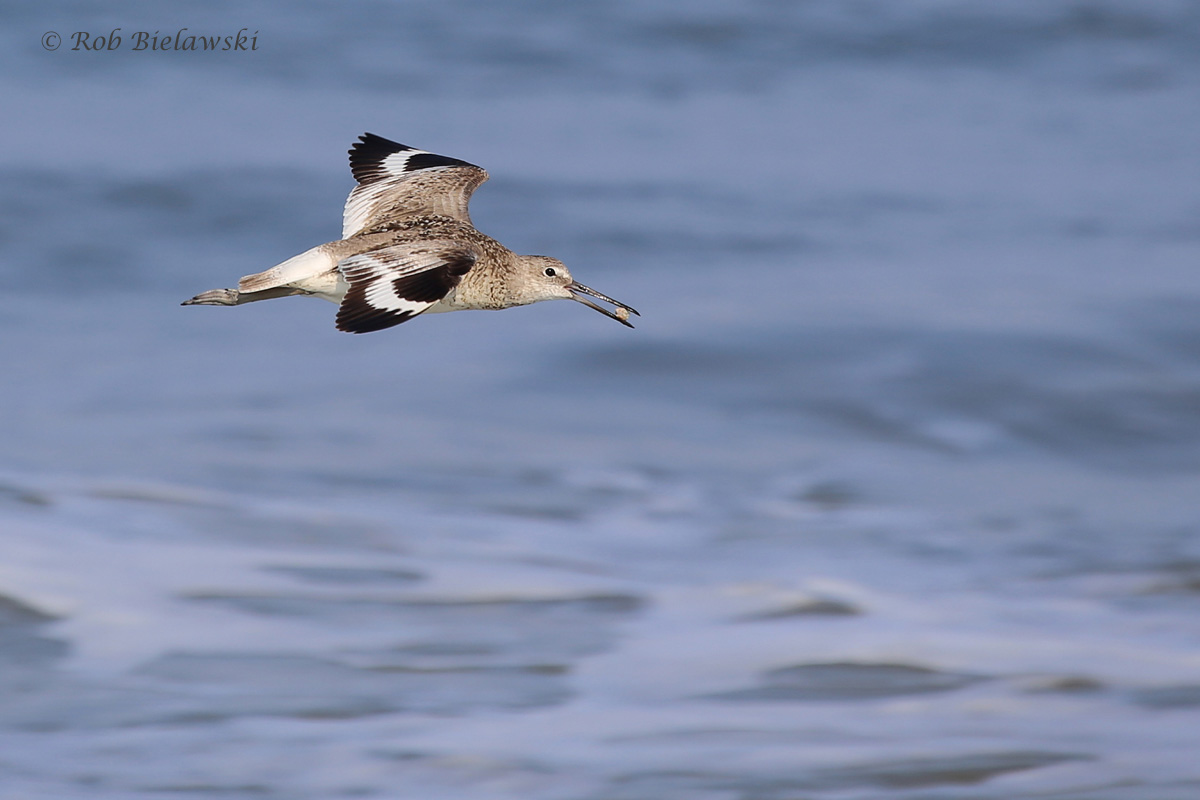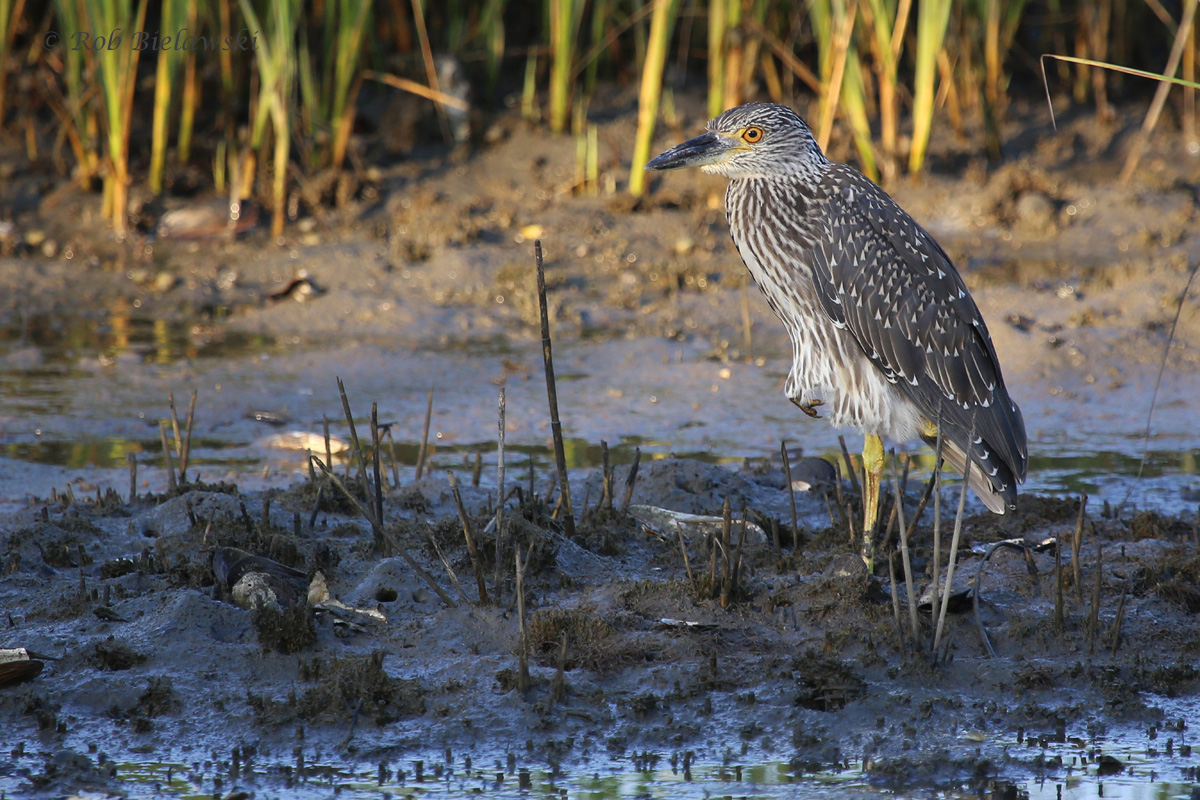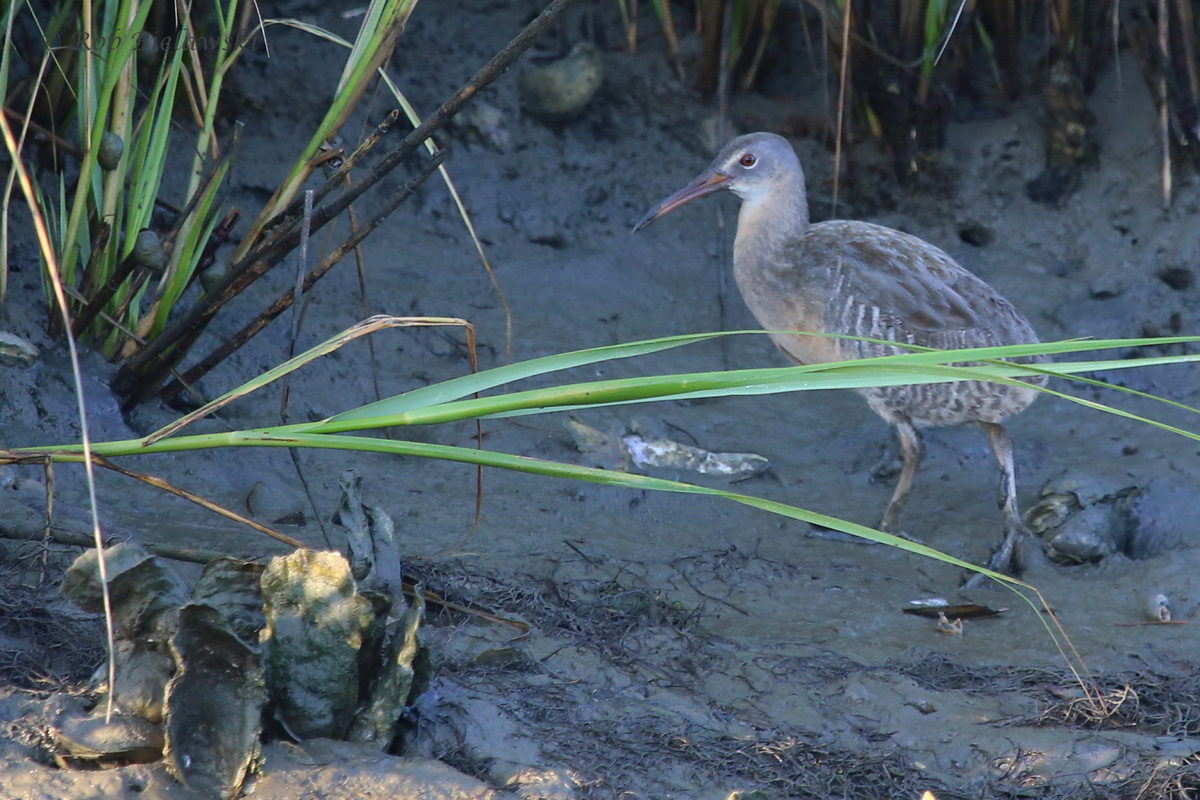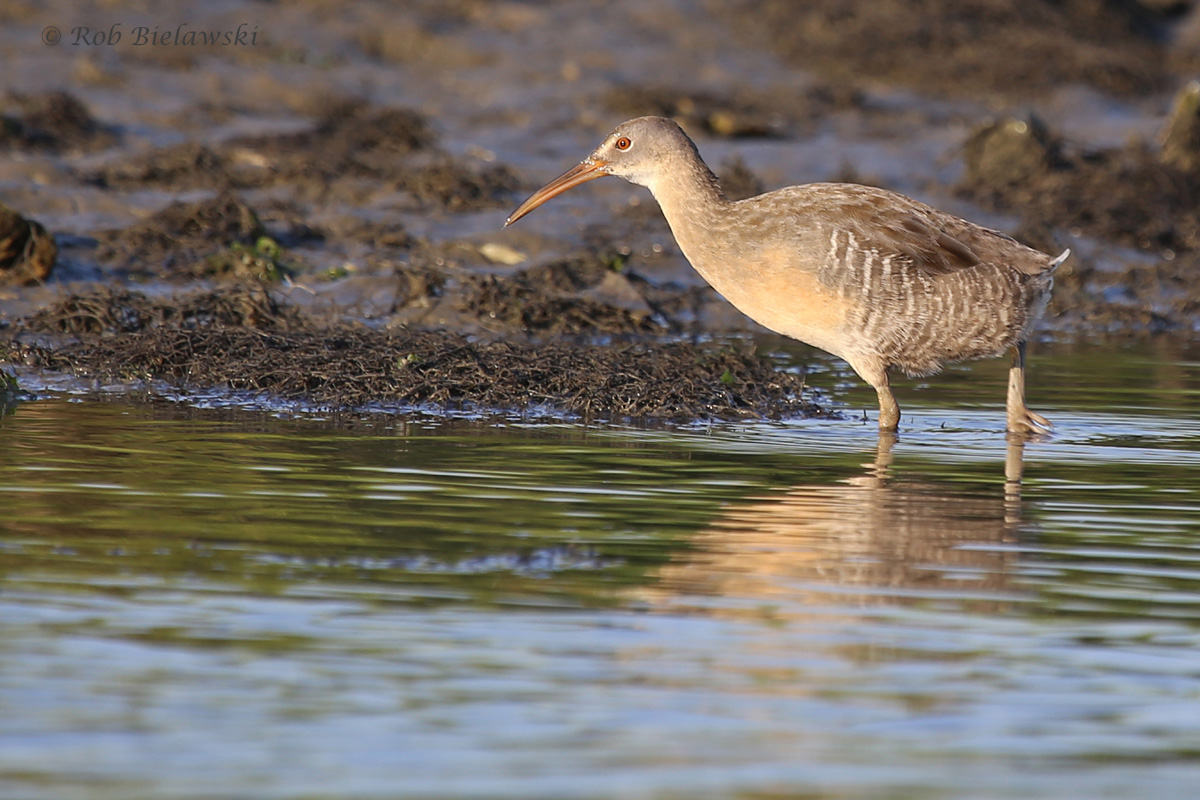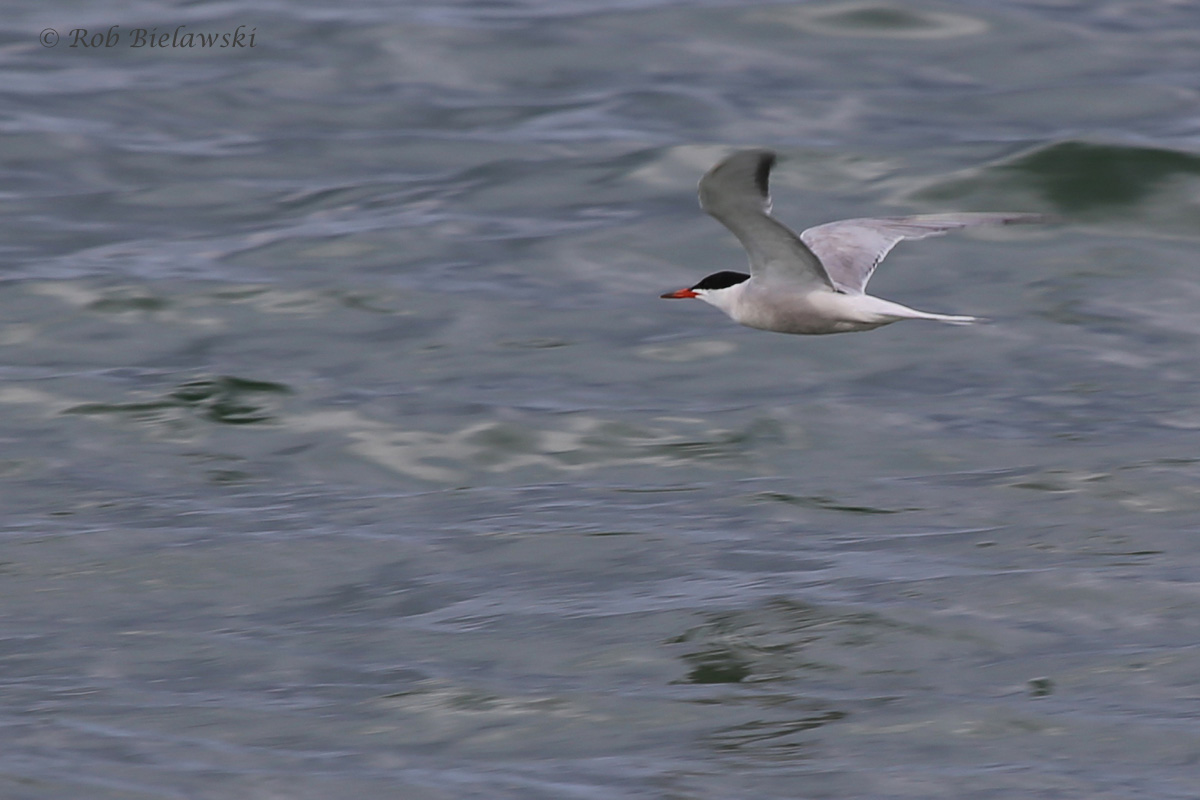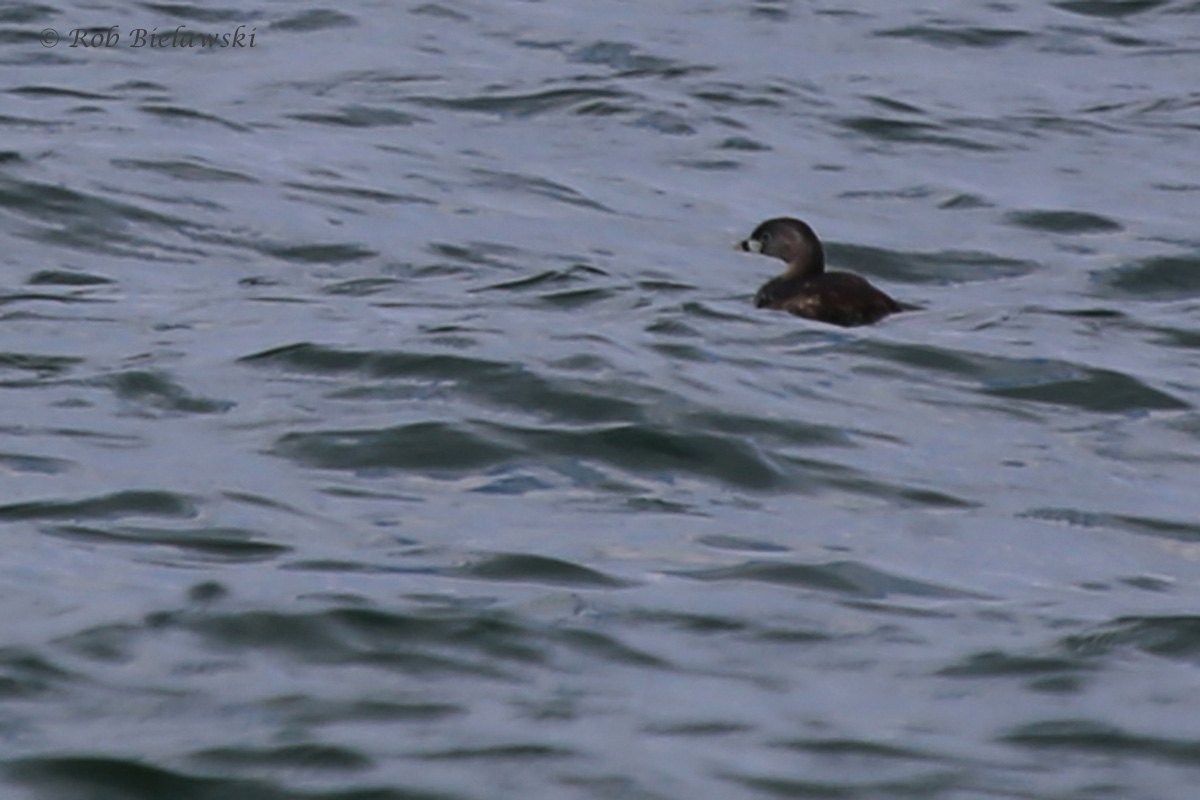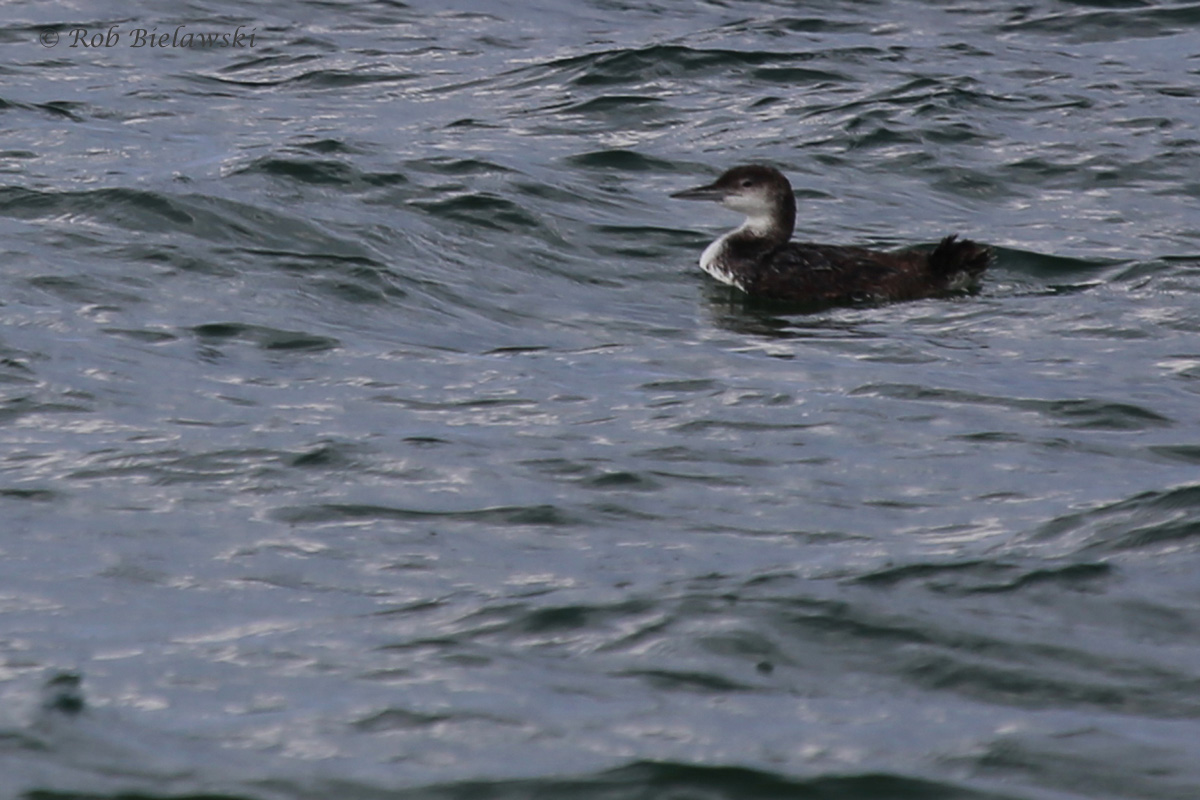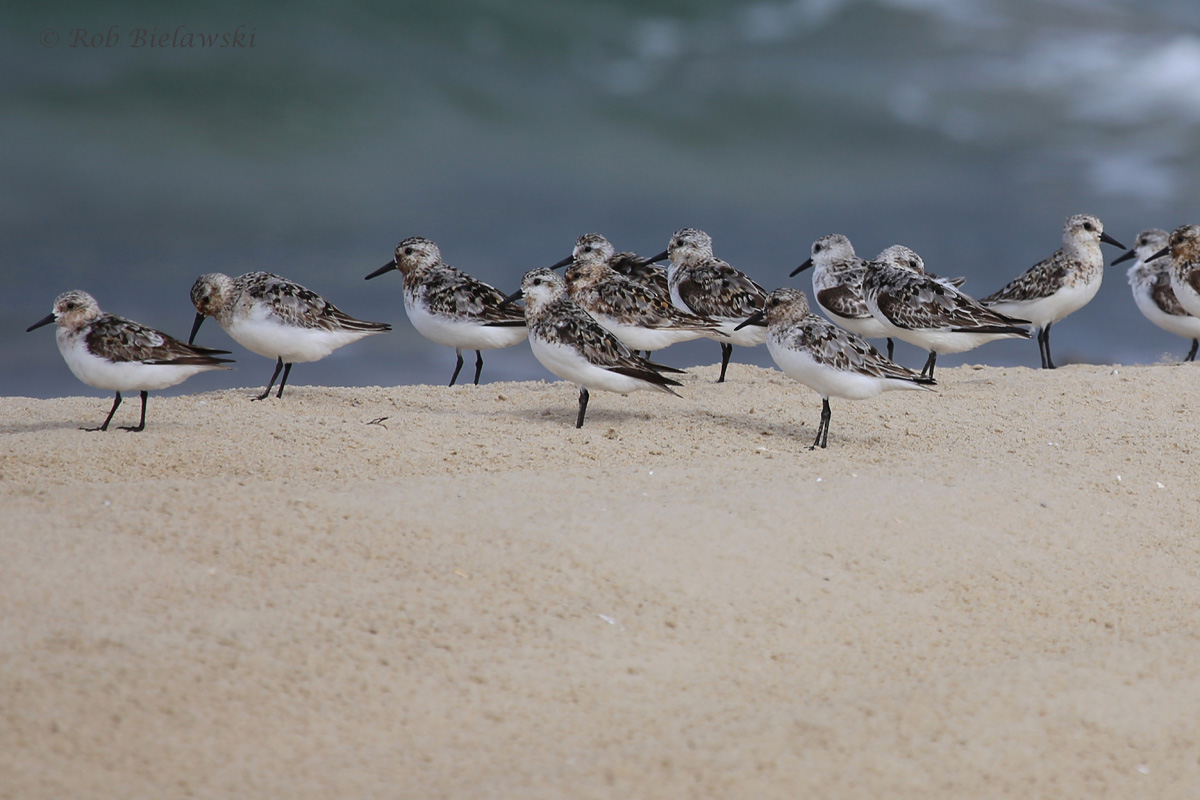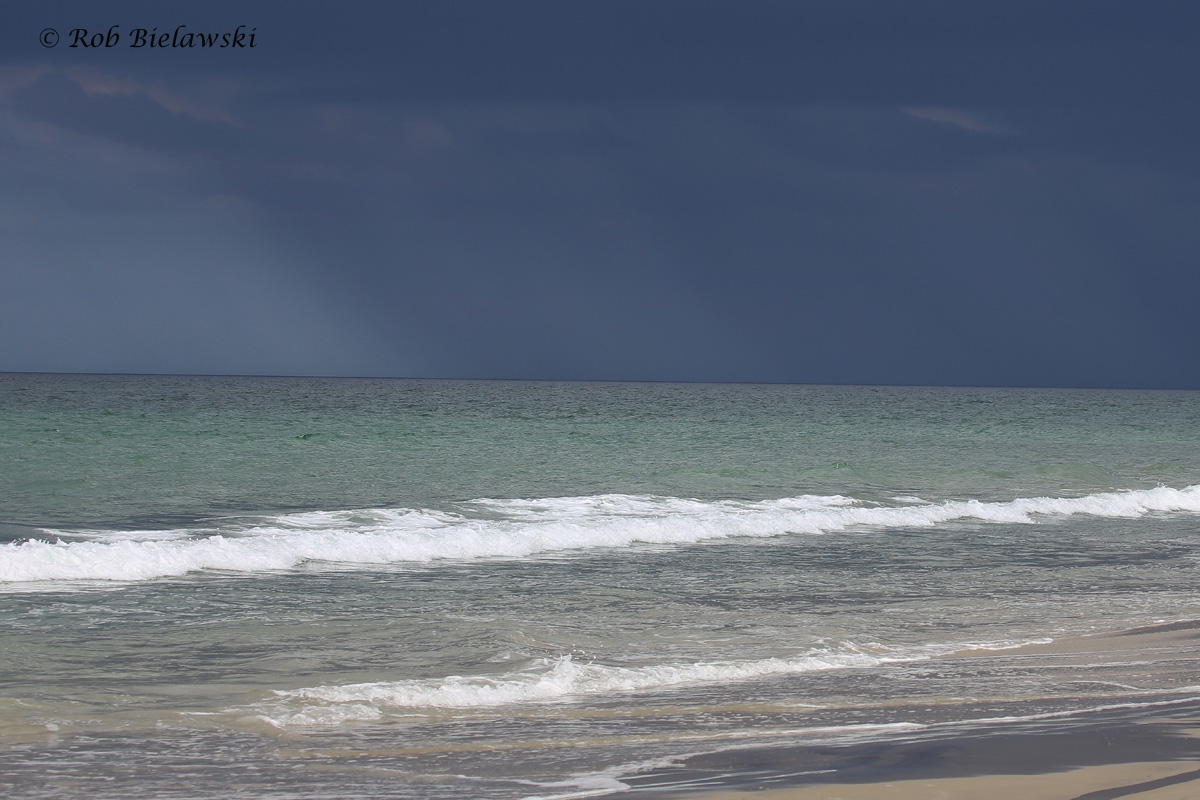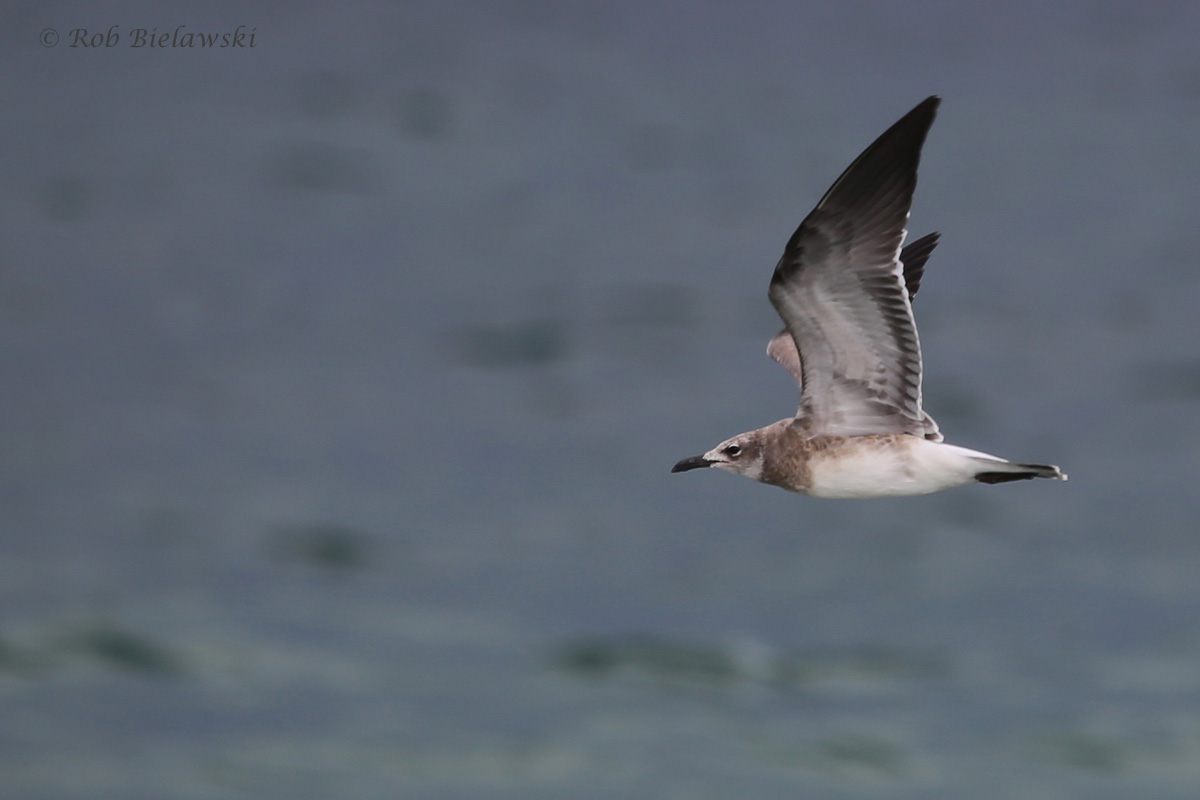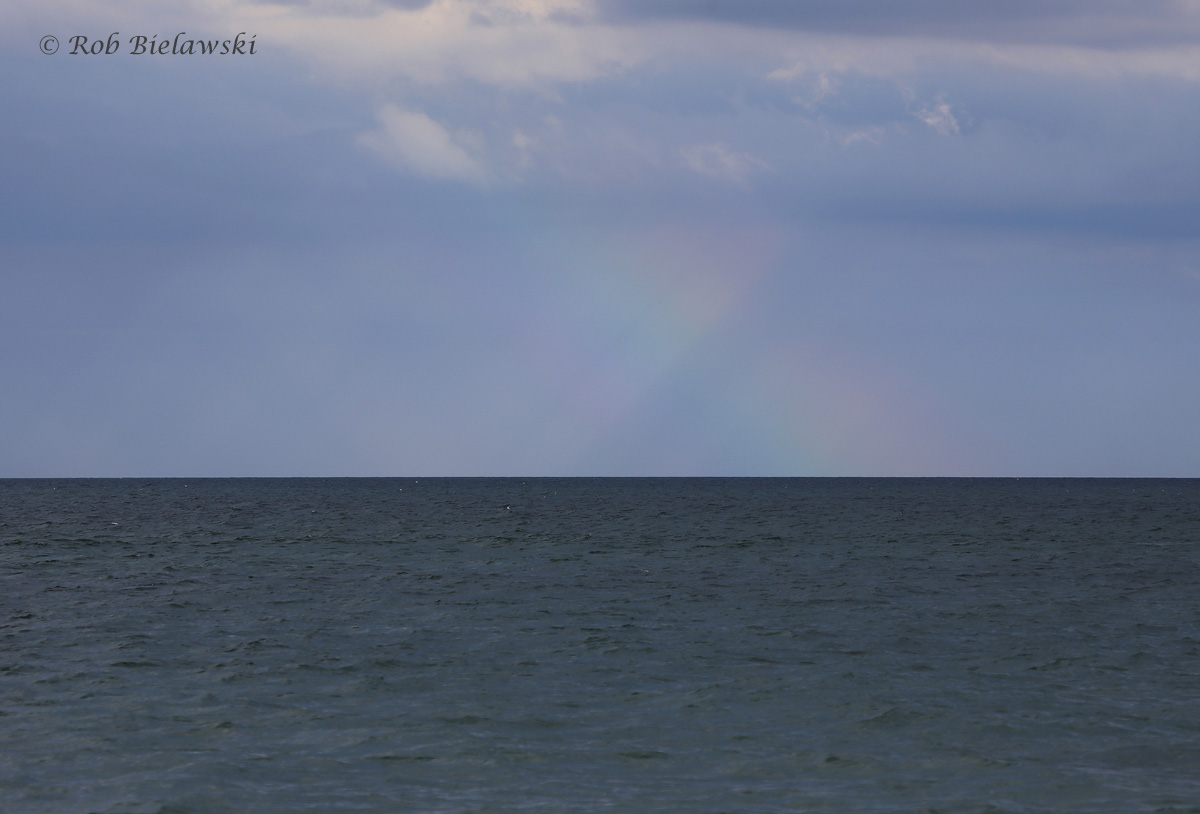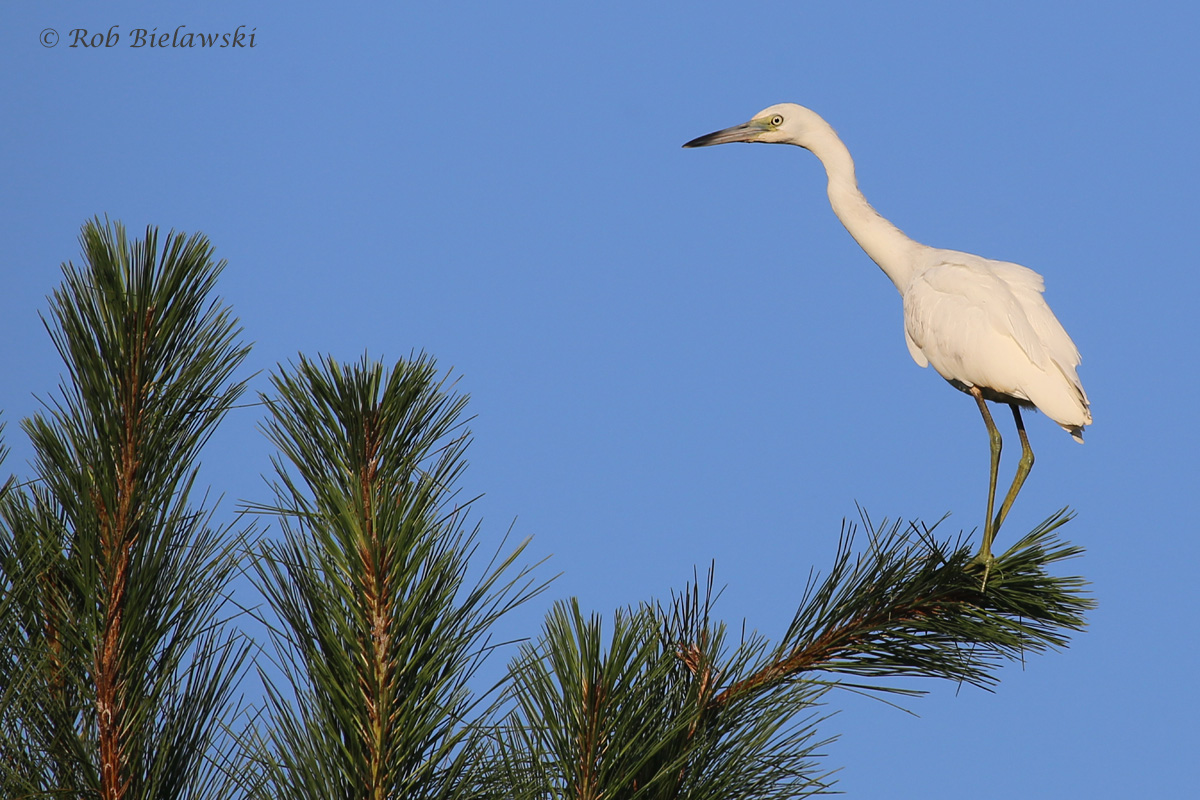Late August 2016 (21st-31st)
/Shorebird migration really ramped up during this period, and with temperatures finally starting to “cool” a bit, birders made the most of it with some excellent finds! Back Bay NWR’s impoundments & beach, as well as Pleasure House Point NA and nearby Bayville Farms Park seem to be hotspots right now. Top birds during this late August period in Virginia Beach included our first-ever eBird report of BUFF-BREASTED SANDPIPER, early first-of-Fall arrivals of Blue-winged Teal, Northern Shoveler, Green-winged Teal & Wilson’s Snipe, as well as ‘expected’ first of Fall arrivals of White-rumped Sandpiper, Northern Harrier, Common Nighthawk, Yellow-throated Vireo, Black-and-white Warbler, Bobolink & Baltimore Oriole. WEATHER: While temperatures dropped considerably from the mid-August period, they were still well above what has come to be expected during this timeframe. Overall, the late August period’s average daily high temperature dropped to 89.2 degrees F (-7.2 degrees from the mid-August period); the average daytime lows also dropped to 73.7 degrees F (-7.3 degrees). The previous 10-year average daily highs & lows for the mid-August period were 84.7 & 69.9 degrees F, respectively which puts this period in 2016 at +5.0, and +3.8 degrees when comparing to the averages. Also during the previous 10-year period, the maximum average daily highs & lows were 88.8 & 71.7 degrees F (2006), making this year’s period the warmest in terms of both daily average high & low temperatures since at least 2005 (I haven’t looked beyond that point). Surprisingly, we only had a single day with precipitation, when 0.23 inches of rain fell on 21 Aug. I hadn’t realized just how dry the weather has been until writing up this article, but there it is folks, we’ve had no rain in about ten days. Last period, I mentioned that the north Atlantic basin sprang to life with regards to tropical cyclone activity. Interestingly, we had a very brief brush with Tropical Depression Eight as it moved northwestward towards the Outer Banks of North Carolina on Tuesday, only to be swiftly recurved back to sea; winds were minimal here as a result of the track angle. However, what is currently Tropical Storm Hermine is expected to strengthen into a hurricane before striking the gulf coast of Florida on Friday (2 Sep). As the system tracks northeast up the East Coast, right now expected over land for the most part, it could have severe implications on this coming weekend as far as birding is concerned. (As I’m writing this on 2 Sep, I already know that the Stormy Petrel II pelagic trip to Norfolk Canyon on Saturday (3 Sep) from Lynnhaven Inlet has unfortunately been cancelled, as has the weather date of 4 Sep due to the inbound storm system.)
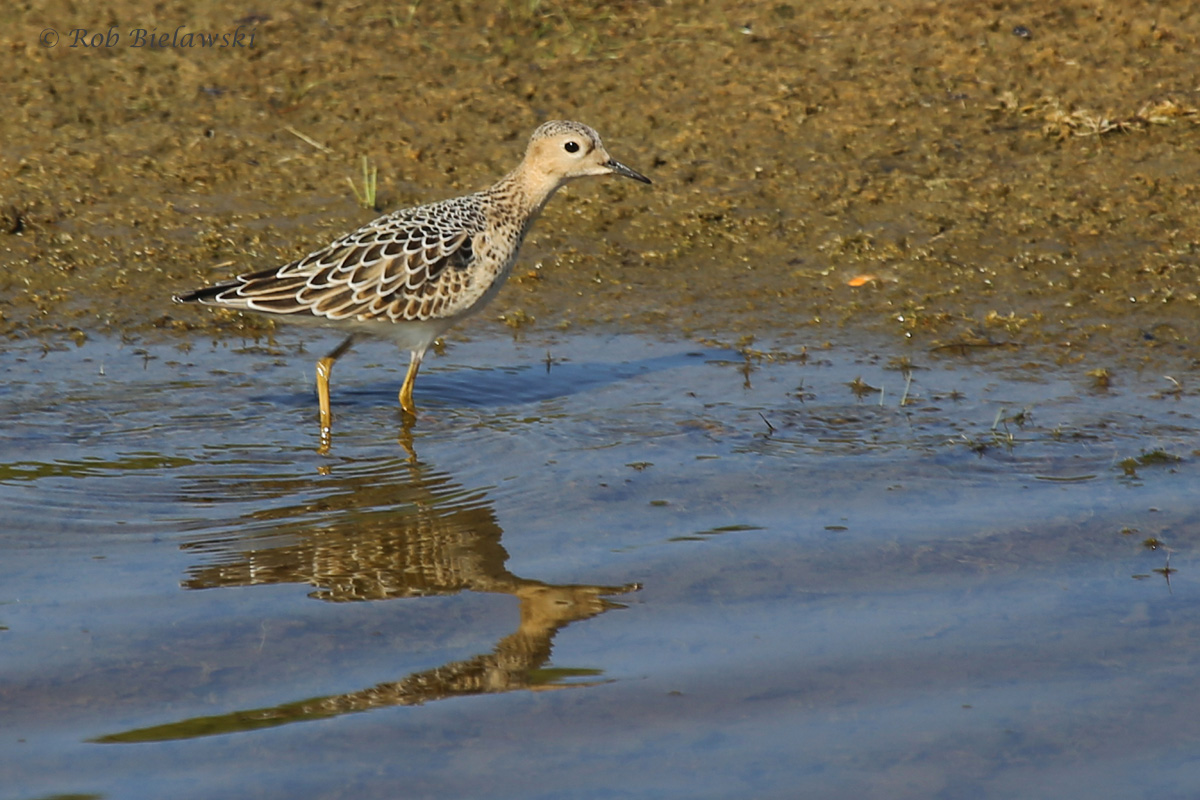

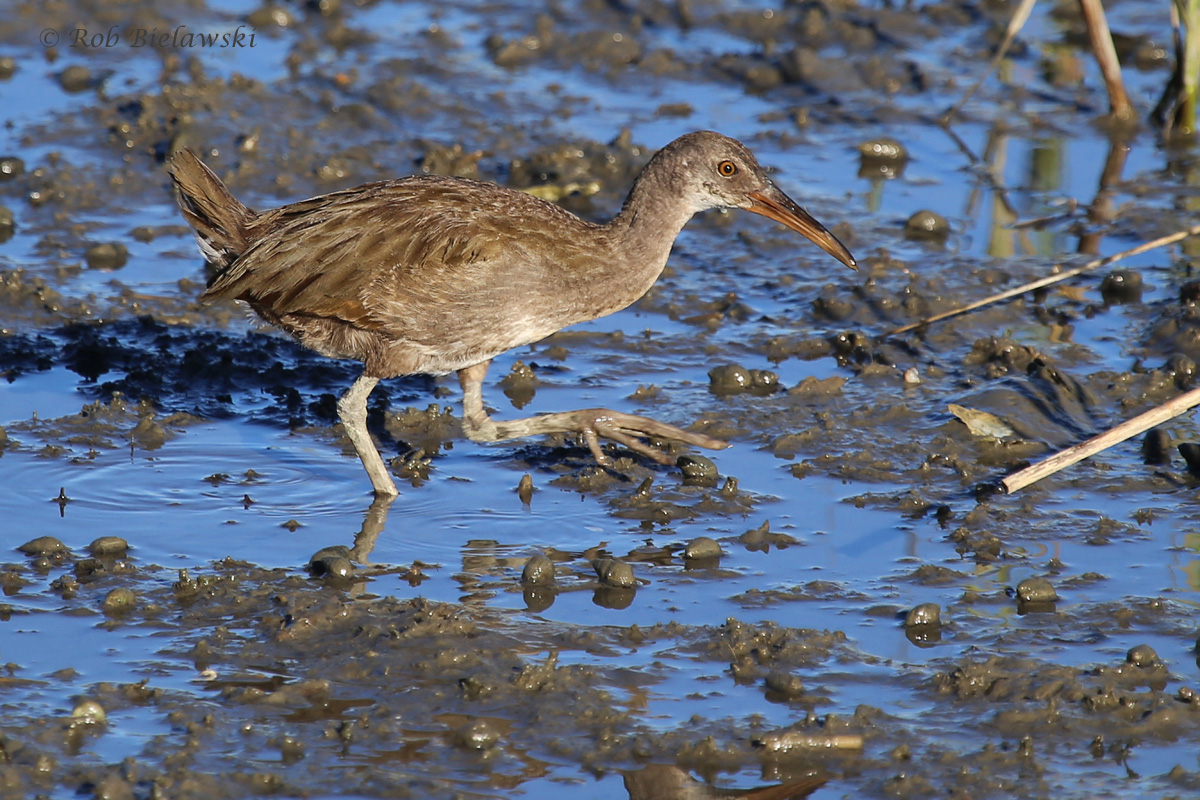

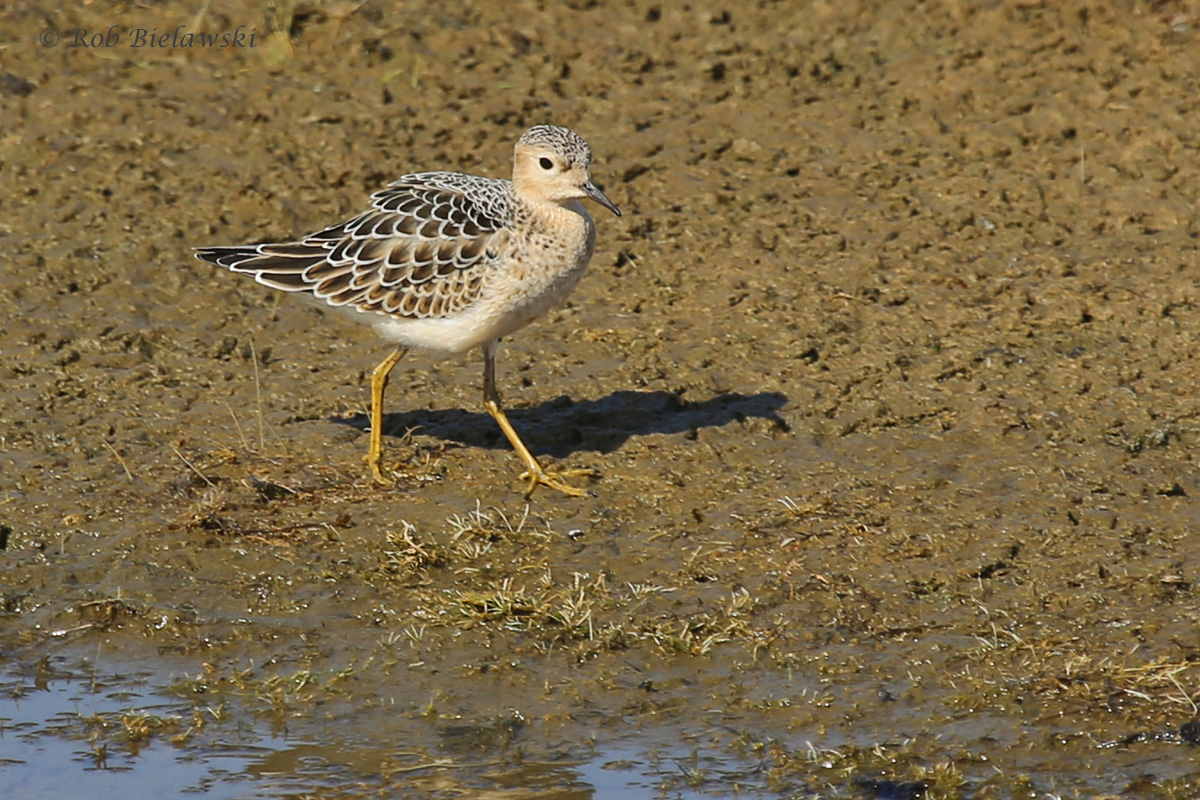

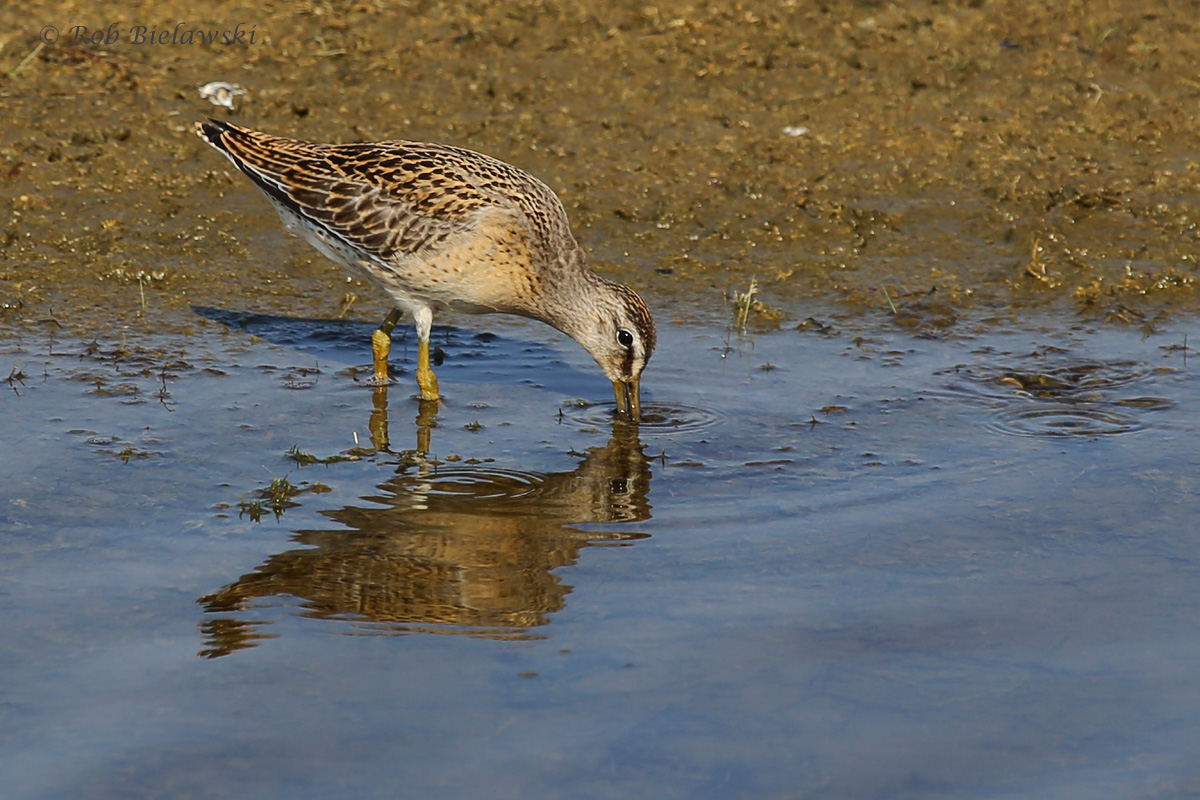
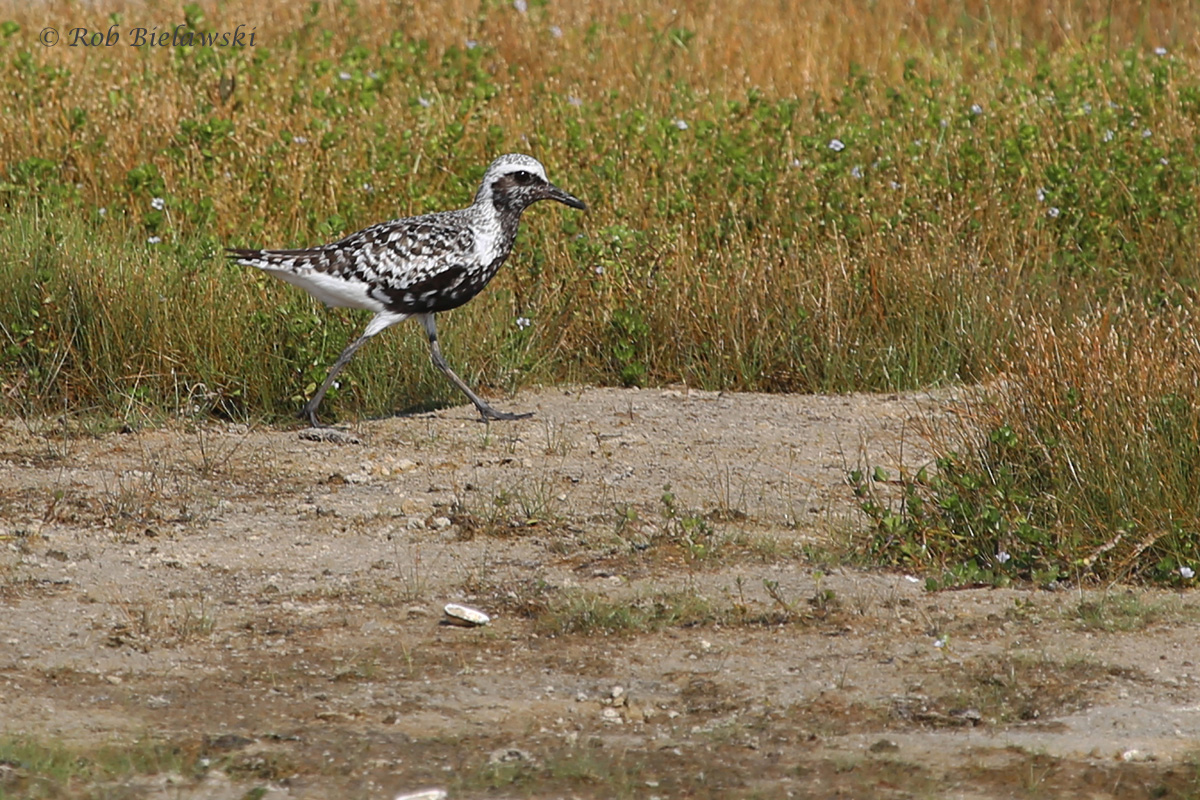
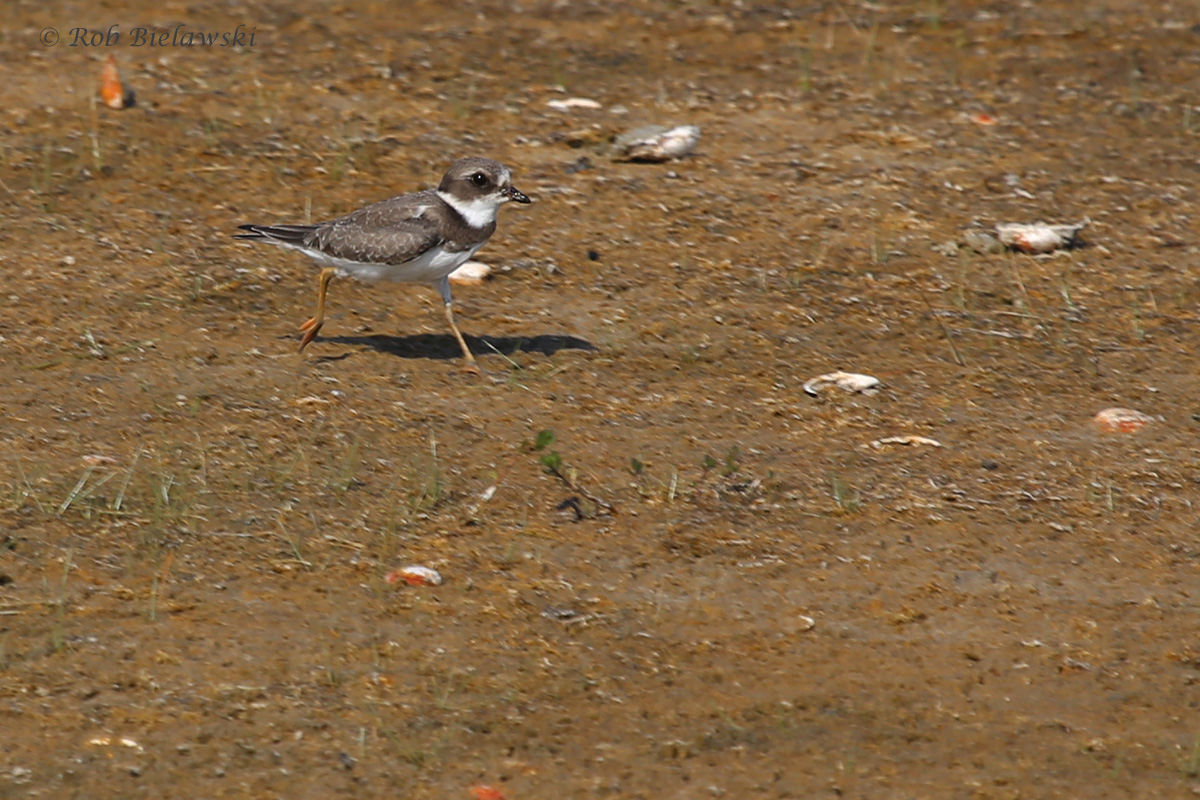
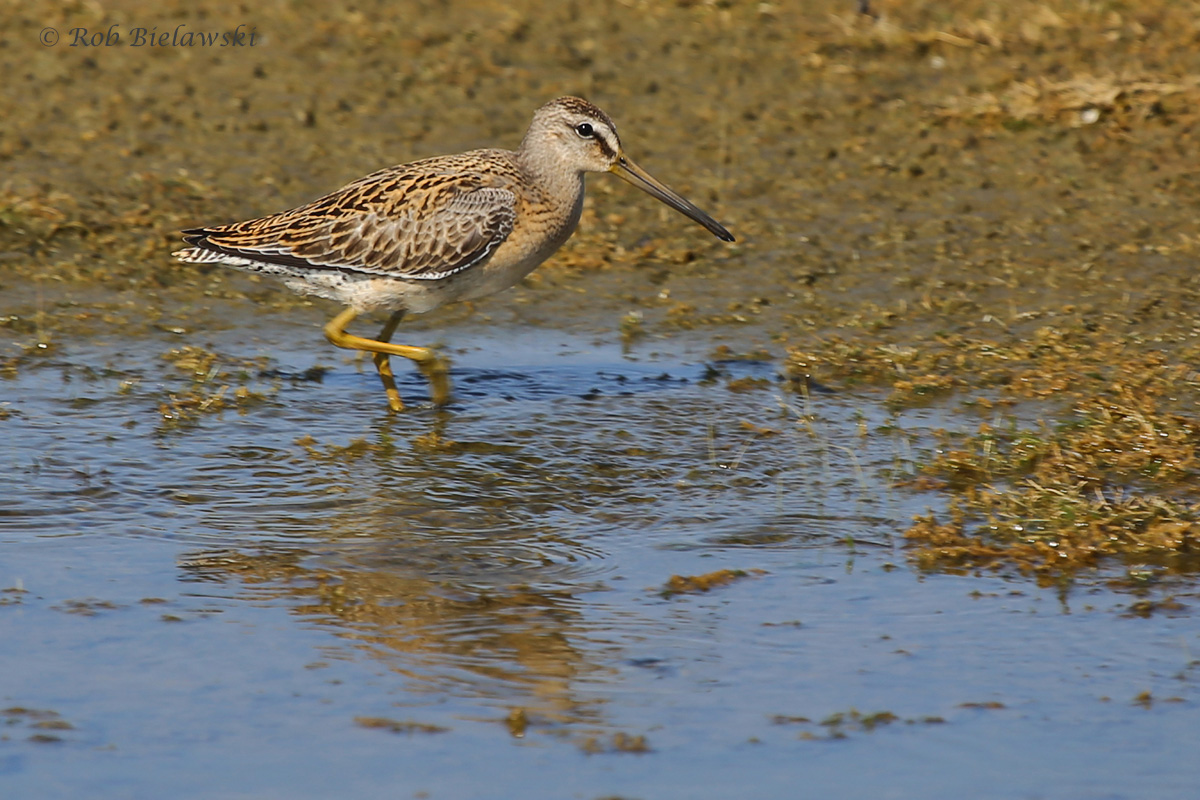
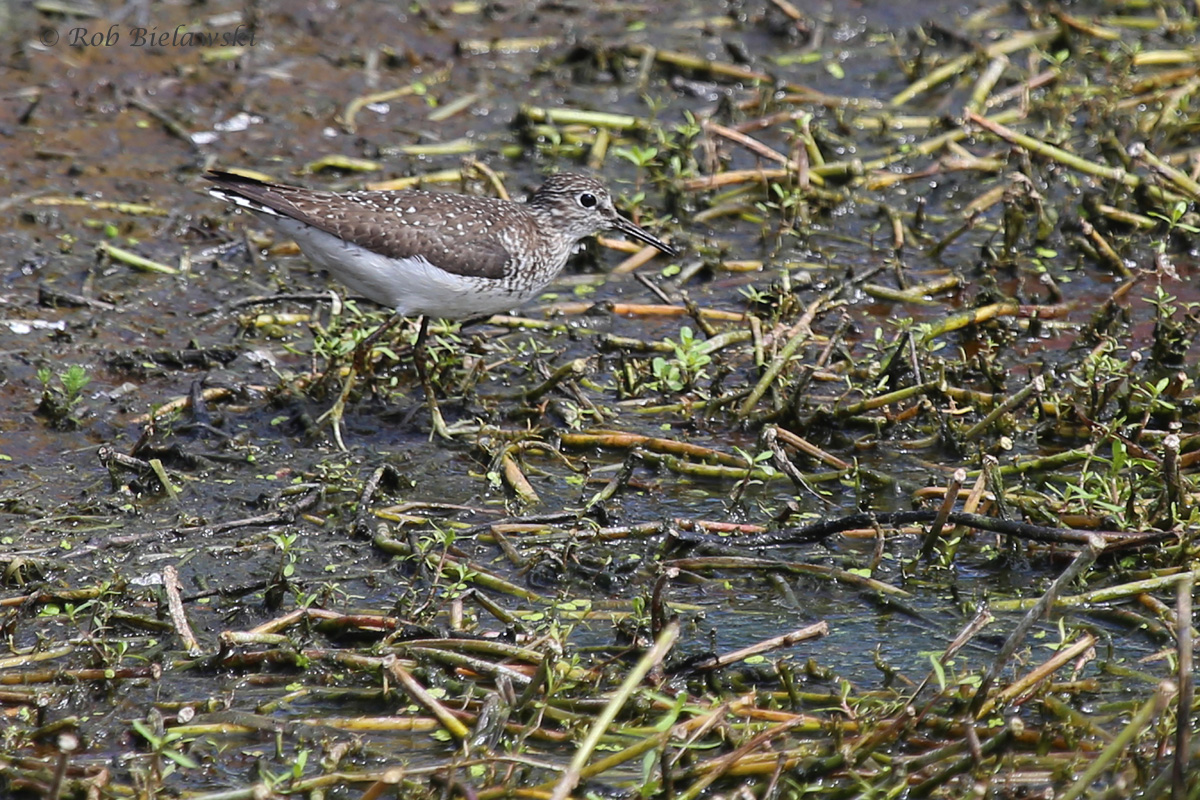
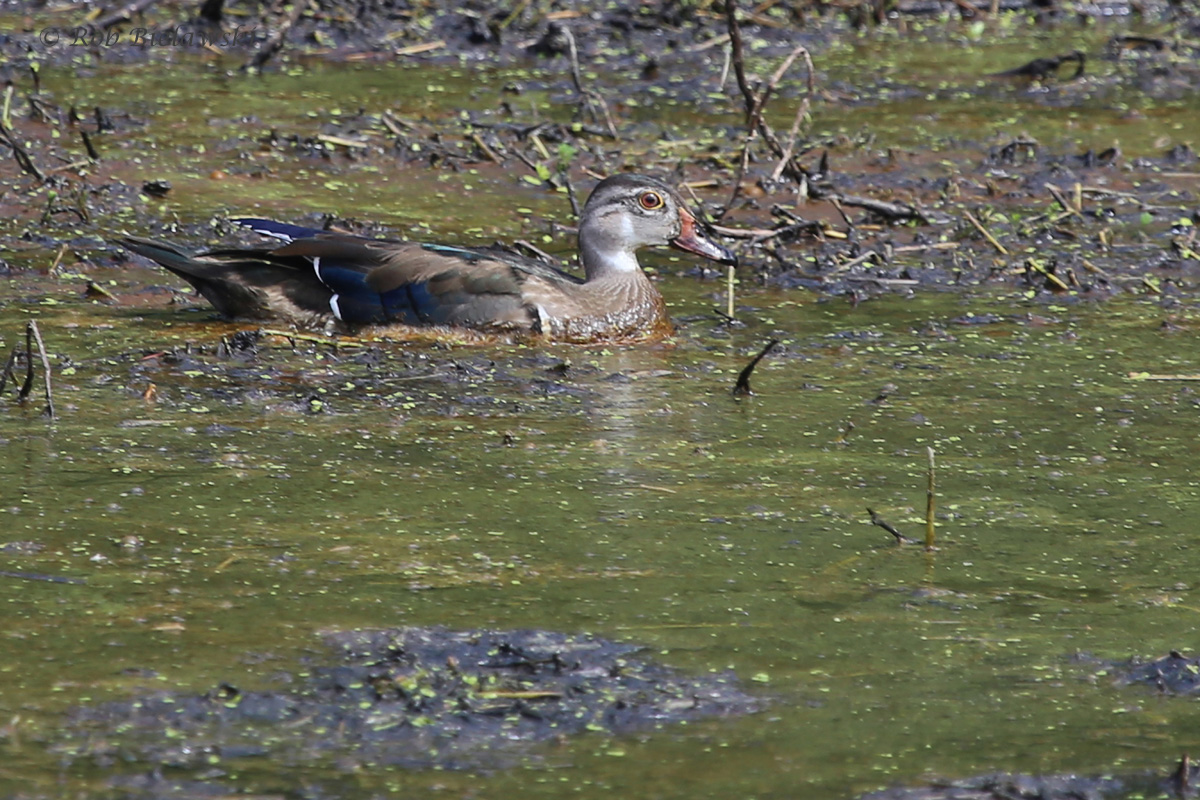
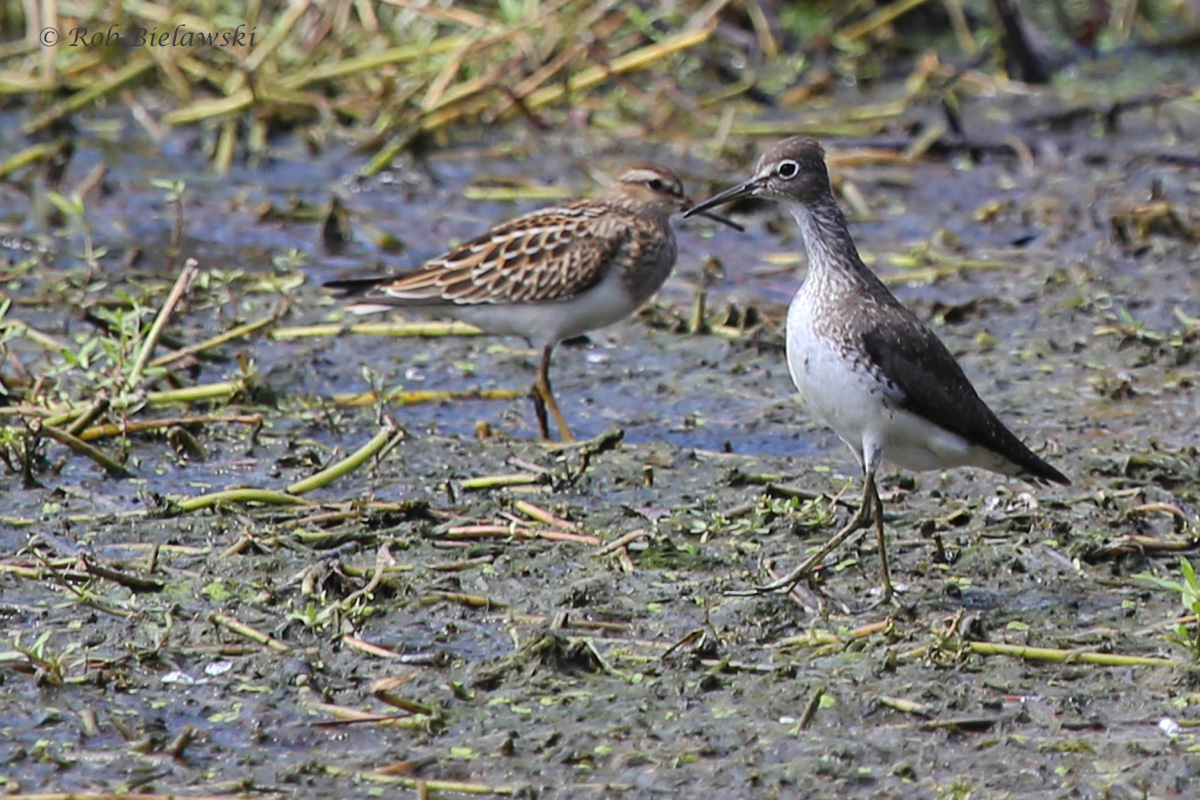
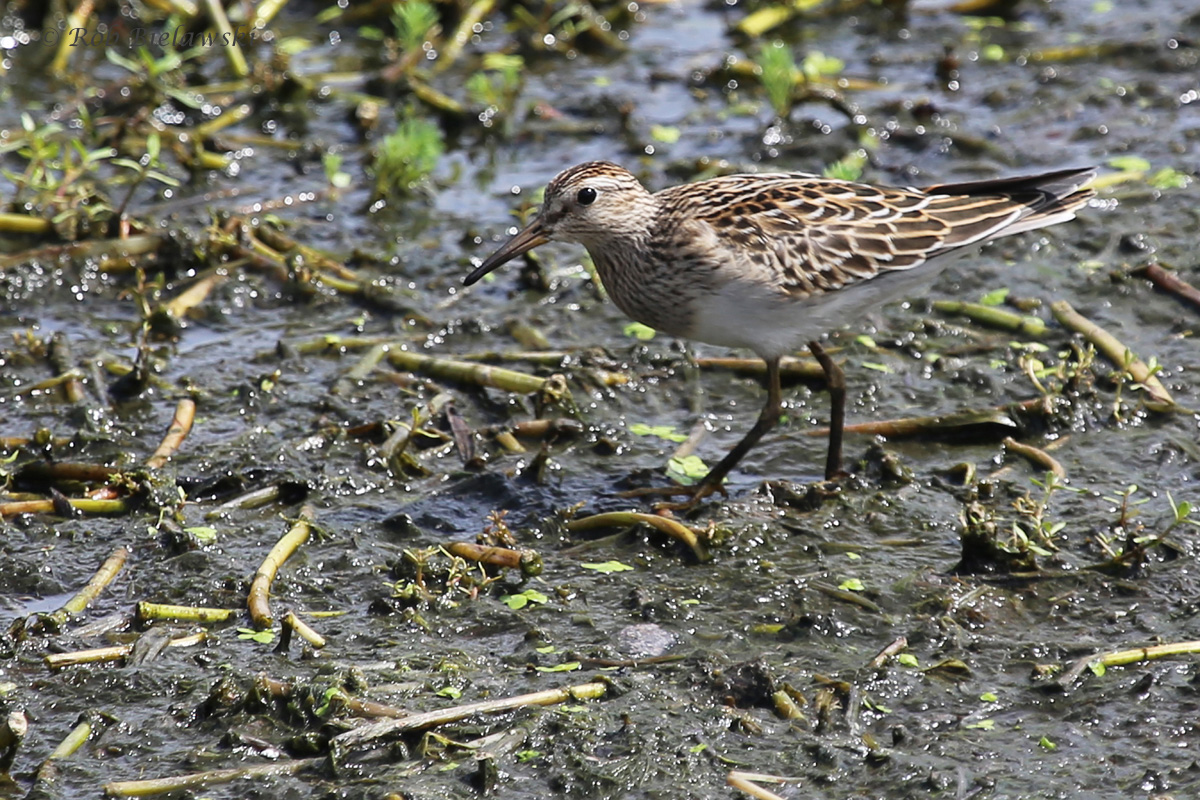
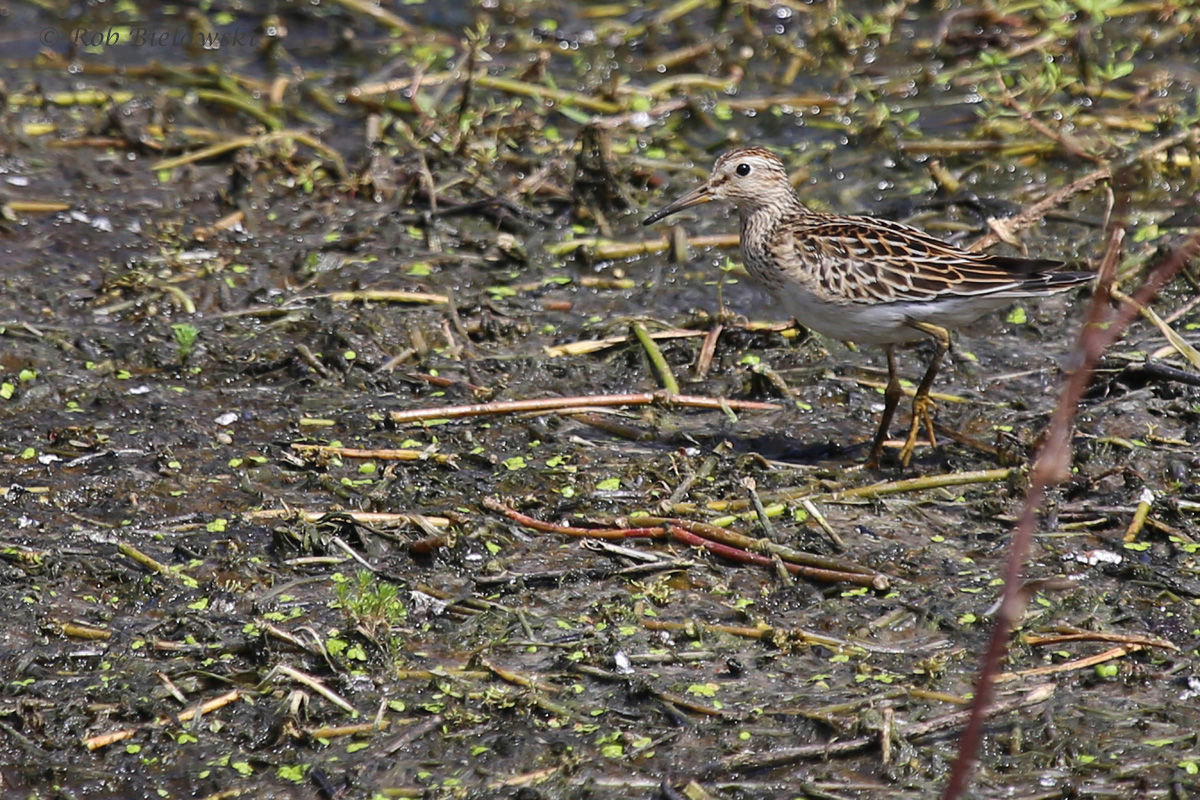

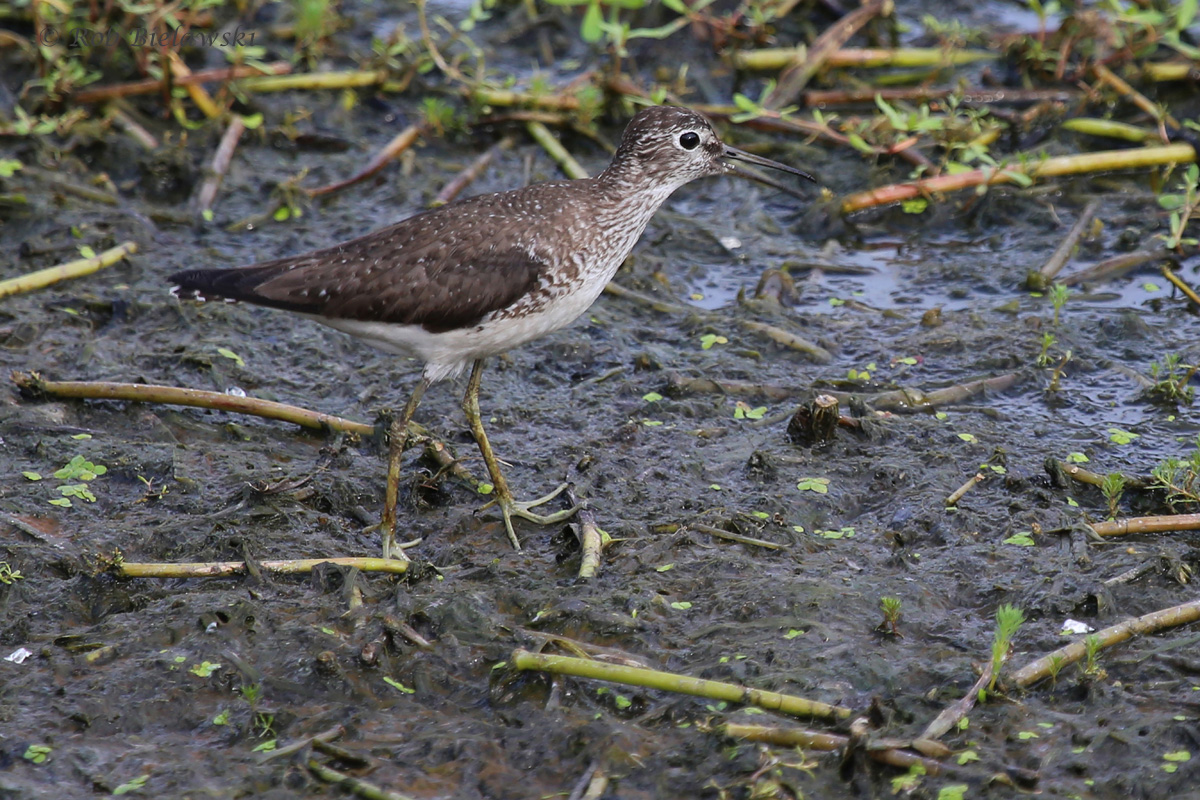
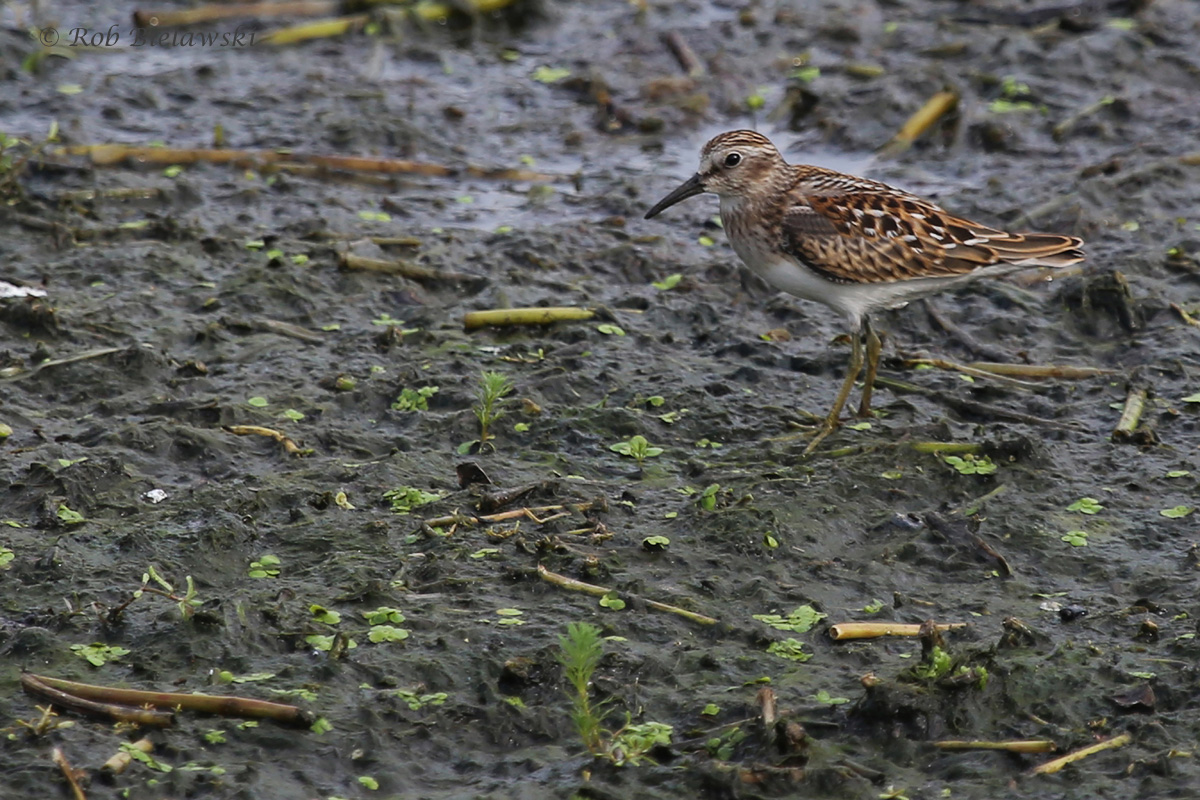
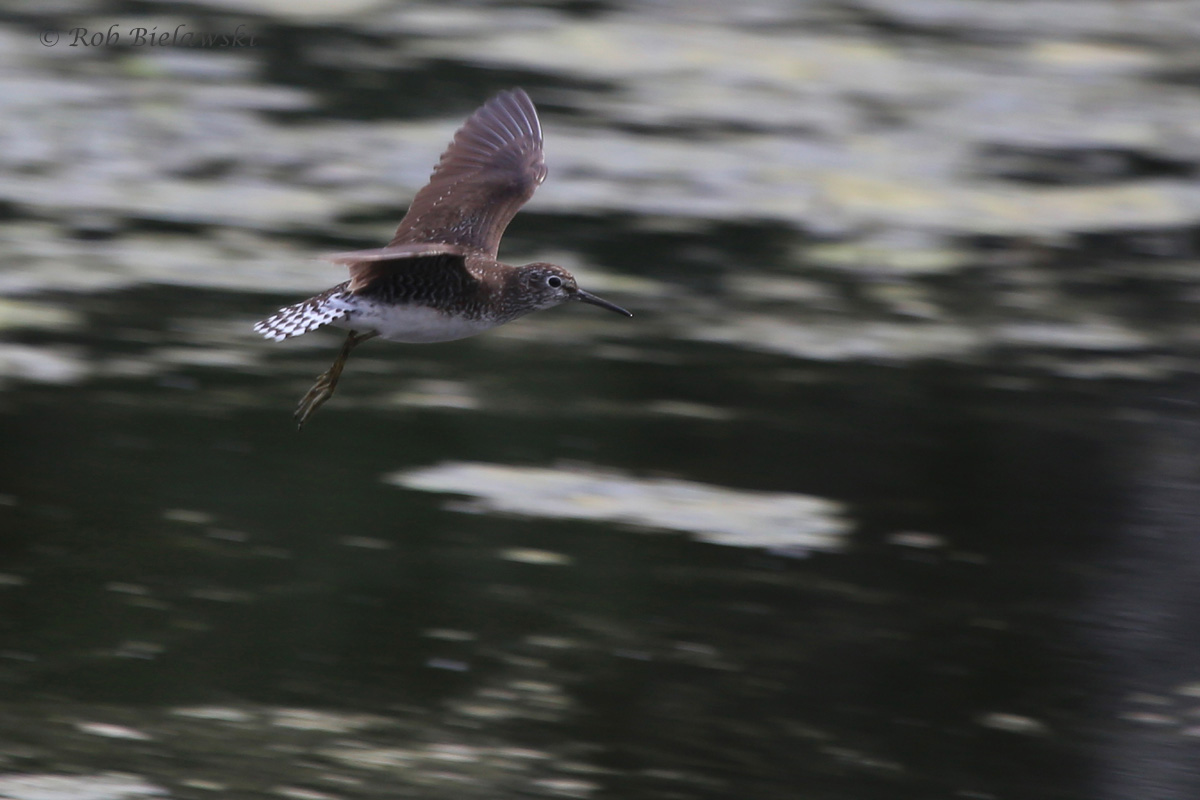
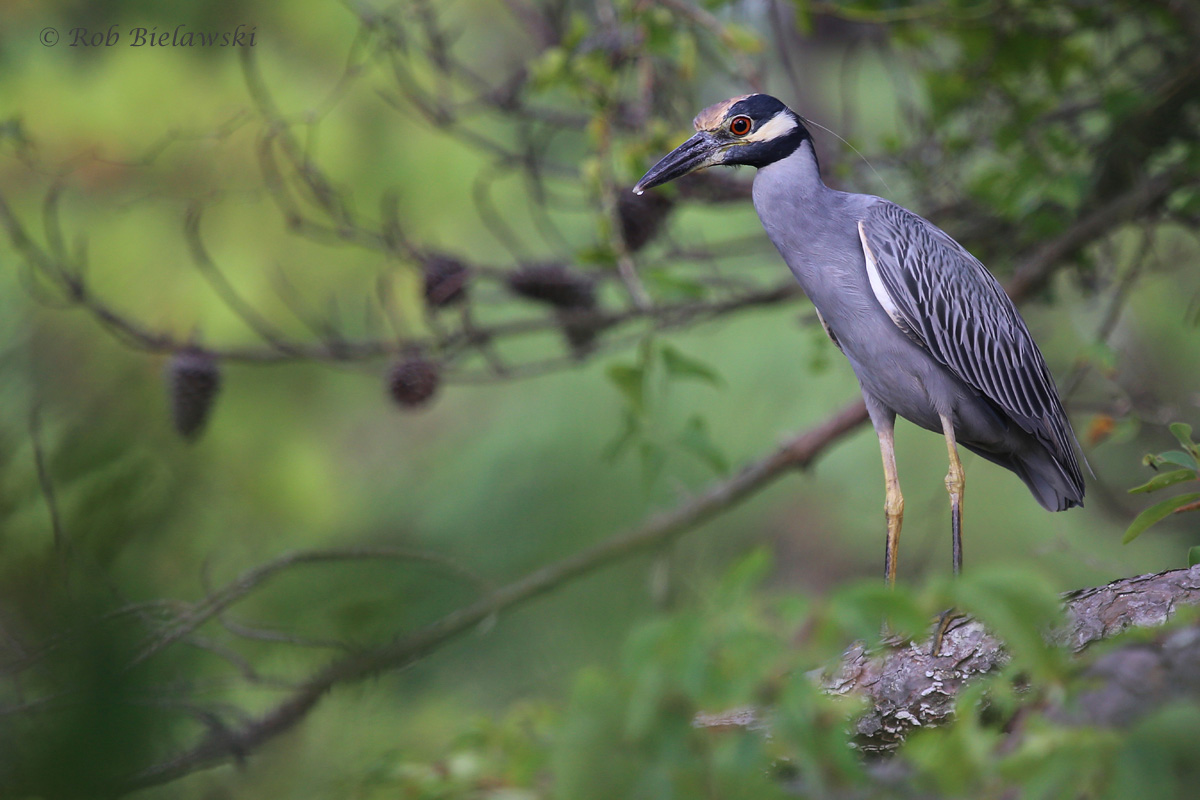
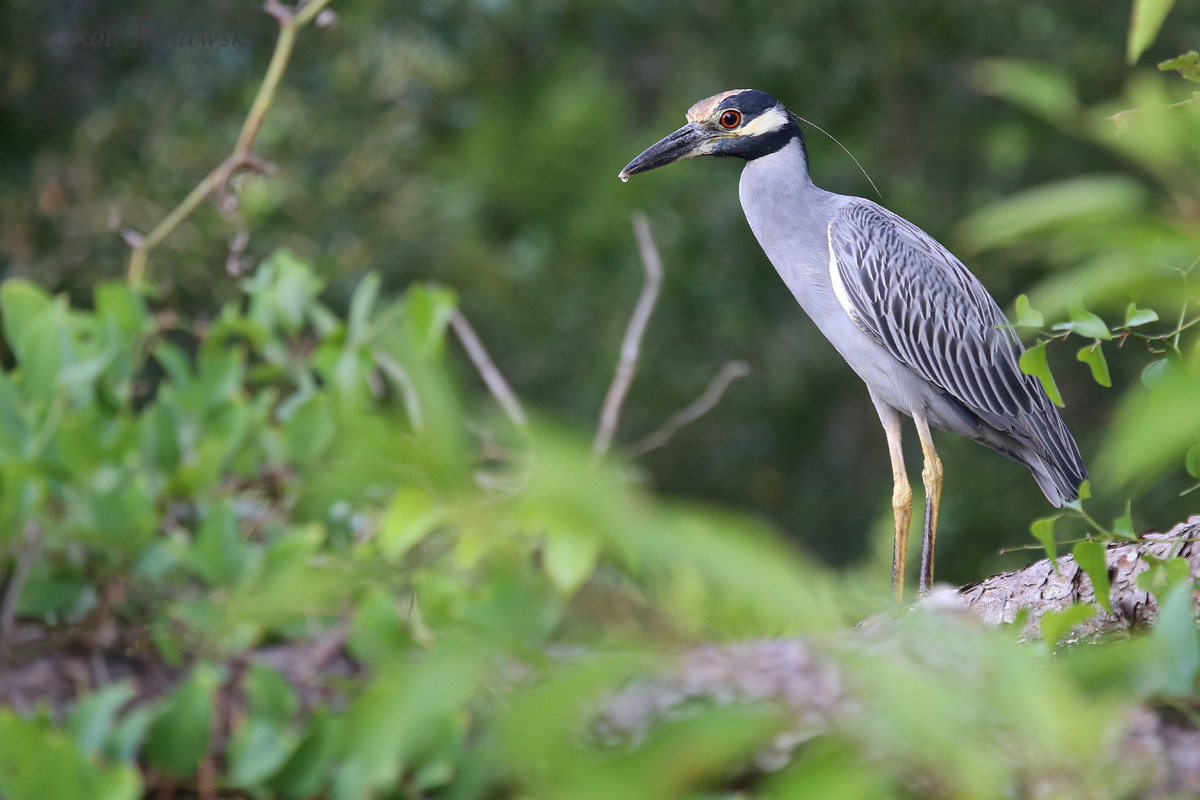
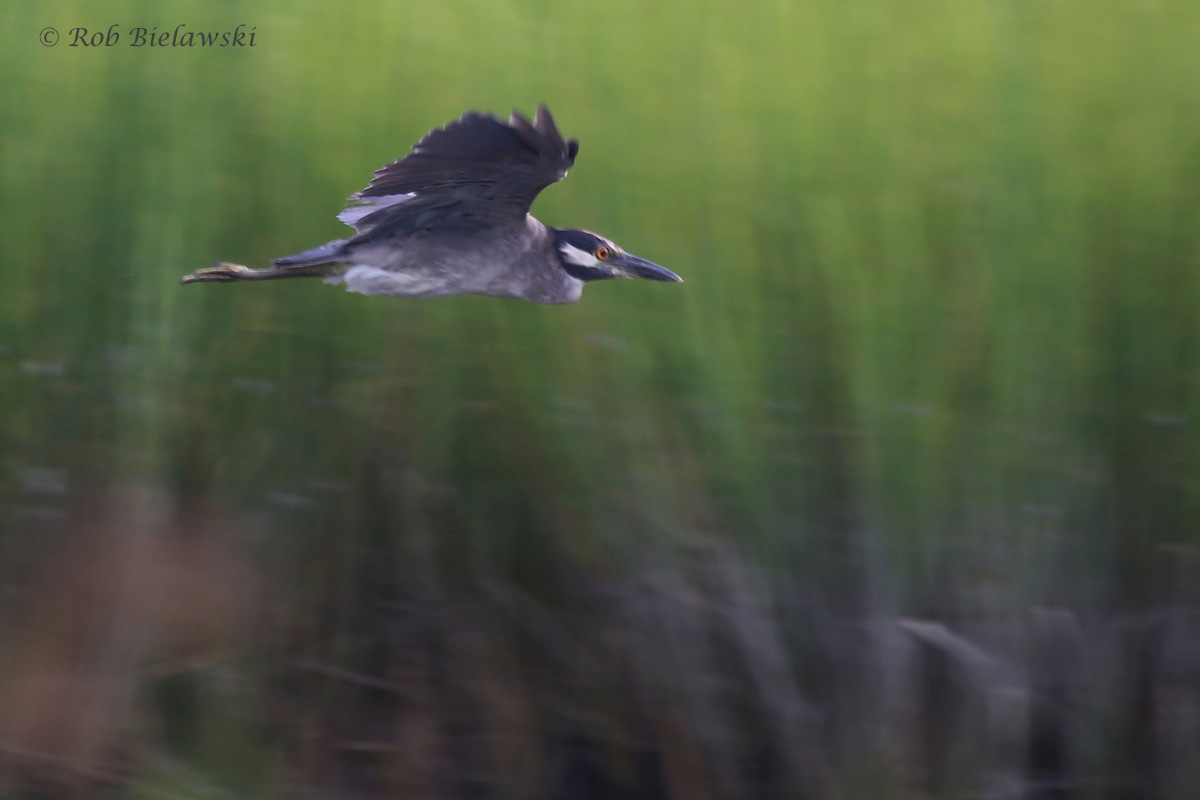
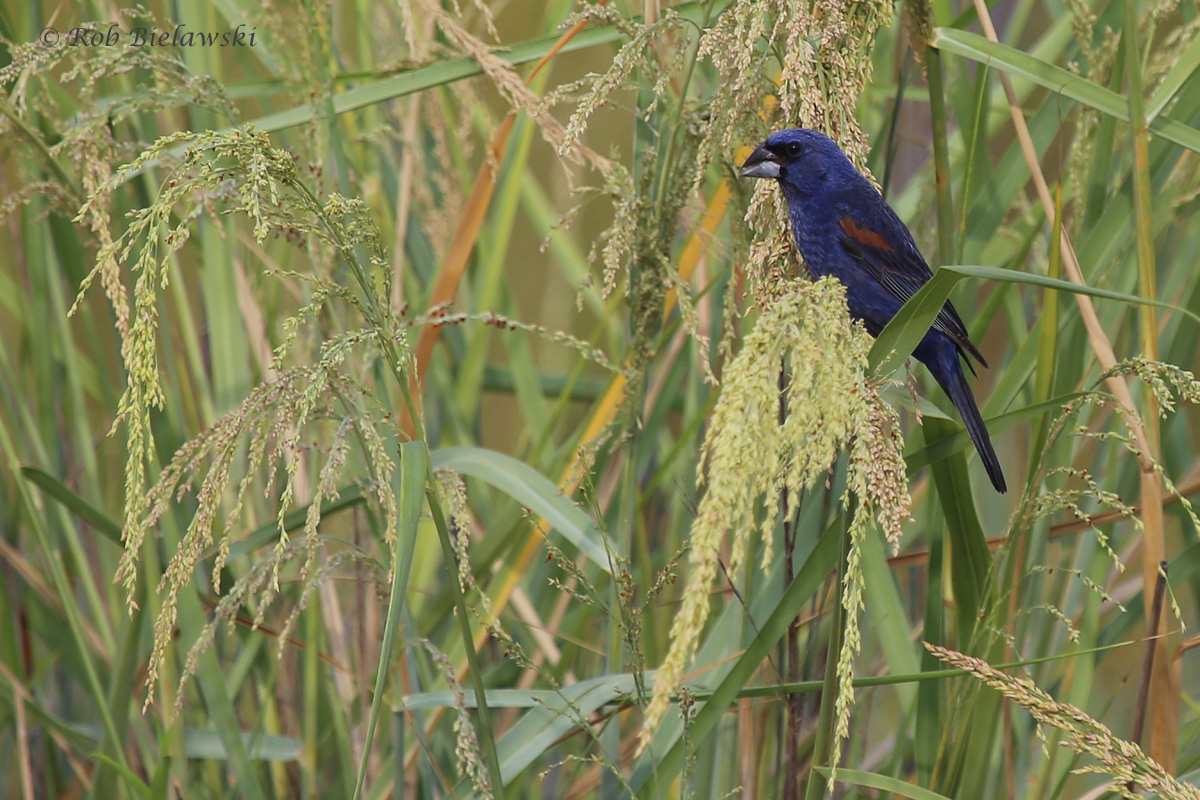
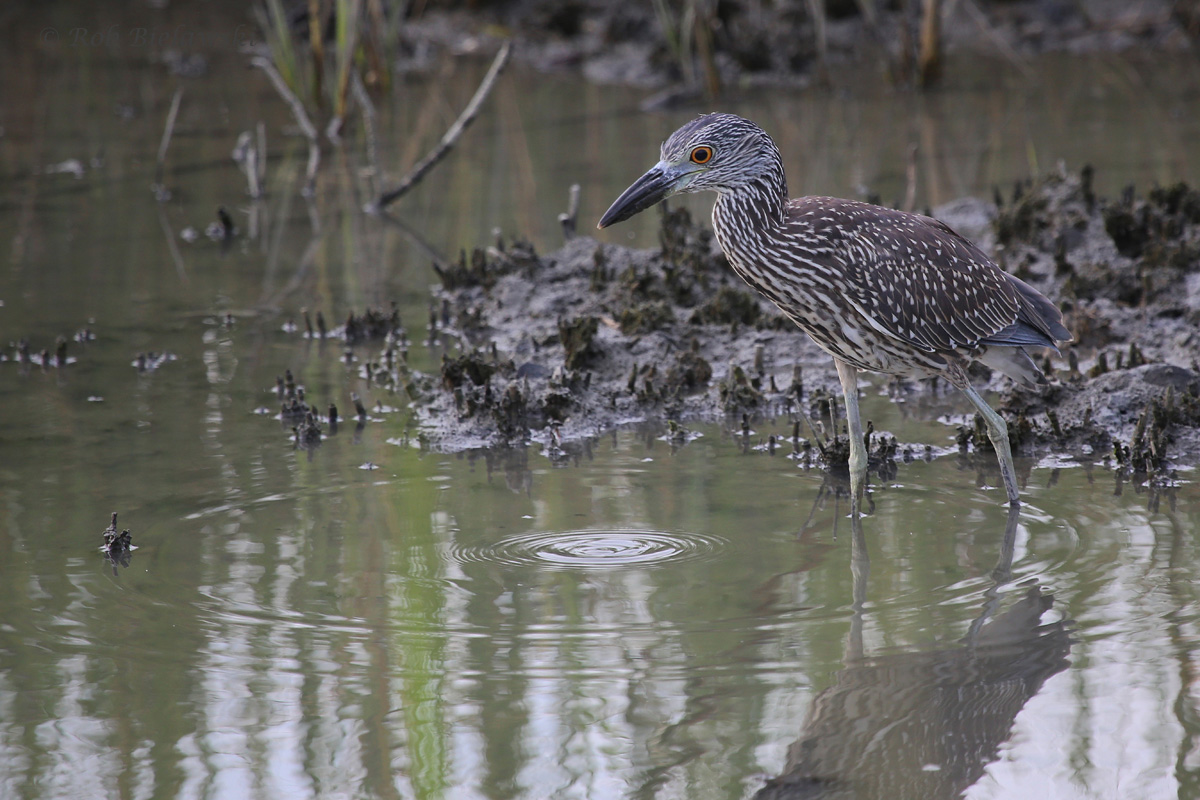
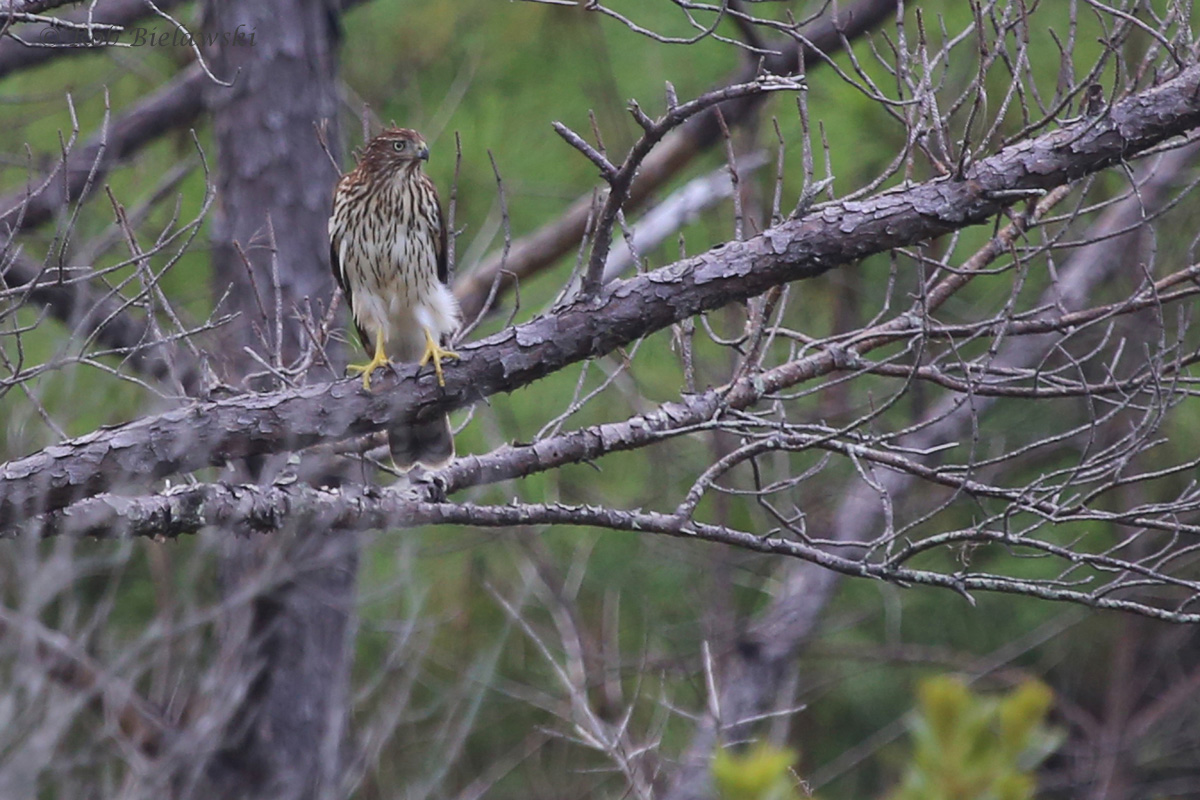
OBSERVATIONS: Late August is the time when shorebird migrations starts to reach its peak in Virginia Beach, and while the variety of species and counts swelled this week, there was one in particular that tops our list of sightings. On 25 Aug while performing an impoundment survey at Back Bay NWR, Robert Ake came across a BUFF-BREASTED SANDPIPER in the off-limits section of the park, but according to his eBird report, the bird flushed and was later re-found on the H-Pool, along the publicly open East Dike where many individuals were given the opportunity of viewing it! Though this represents the very first record for the species entered into eBird for our county, the Gold Book does make mention of prior records in Virginia Beach. Hopefully at some point, whomever was fortunate enough to observe those earlier finds will get them logged into the system. This individual was present through the remainder of the period, and interestingly, it was joined by a second individual 28 Aug as reported by Eric Alton & Tamara Conklin. In addition to this rarity, we also saw some early Fall arrivals to the region. Two Blue-winged Teal were noted (22 Aug / Rob Bielawski) flying quickly down the creek at Pleasure House Point NA before making two wide-radius loops of the main Lynnhaven River basin allowing for photographs to be taken. Their expected arrival date is 25 Aug, so just a bit on the early side. Also on Robert Ake’s impoundment survey, a Northern Shoveler female was observed (25 Aug / Back Bay NWR), which is earlier than any shovelers during the previous 5-year period, and considerably earlier than the expect 10 Sep arrival date listed in the Gold Book. Continuing with early waterfowl finds, Andrew Baldelli & Tracy Tate observed the previously mentioned duck species (27 Aug / Back Bay NWR), along with a group of about 35 Green-winged Teal, which have an expected date of 5 Sep, so a little early on those as well. Lastly, a single Wilson’s Snipe was observed among a collection of other shorebirds near the parking area at Back Bay NWR (24 Aug / Karen & Tom Beatty). Snipe seem to show up a bit early each year, though their expected date of arrival is 5 Sep so we should start seeing their numbers rise on marshy impoundments. We also had several species make their first-of-Fall appearances, within expected dates! Viewed among the same group of shorebirds as the snipe, a White-rumped Sandpiper made for an excellent first-of-season find at Back Bay NWR (24 Aug / Karen & Tom Beatty). A Northern Harrier was observed at Pleasure House Point NA (30 Aug / Kathy Spencer), and like the snipe, we should start seeing harrier numbers rise steadily in the coming weeks with Back Bay NWR being their favorite local hangout. In suburban Virginia Beach, a Common Nighthawk was observed over Dodd Drive (27 Aug / Jean Rolke). With September closing in, songbird migration has also begun, which makes it even more exciting to be out birding on the coast! A first-of-season Black-and-white Warbler was observed at Back Bay NWR (27 Aug / Tommy Maloney & Jason Schatti), though it is worth mention that there was an earlier record for this species that was not accepted in eBird due to scant details being provided: A word of caution to eBirders, when you have a record that flags as rare (meaning it is either truly a rare bird, it is early, late, in higher counts than expected, or it is a species that is difficult to differentiate from others and requires detailed descriptions to validate, i.e., Baird’s Sandpipers from other peeps), provide as many details about how the identity was obtained as possible. Please understand that eBird reviewers receive items for review from a large number of users, and therefore the responsibility of documenting properly falls on the individual claiming the find. Another great songbird, a Yellow-throated Vireo was observed in a Kings Grant backyard (31 Aug / Ron Furnish & Marie Mullins); these are a tough to find transient in Spring & Fall along the coastline, so keep watch as they trickle through during their expected 5 Aug – 30 Sep window. Lastly, while at Back Bay NWR, Jim Clinton manged to find two new Fall arrivals, being Bobolink and Baltimore Oriole, both of which should be observed in increasing numbers over the next couple of weeks if last year is any indicator.
SPECIES DOCUMENTED BY MEDIA submitted to eBird for Virginia Beach during this period included: 22 AUG – Black-bellied Plover, Semipalmated Plover & Short-billed Dowitcher (Back Bay NWR / Kim Harrell); Green Heron (Bayville Farms Park / Rob Bielawski); Blue-winged Teal & Yellow-crowned Night-Heron (Pleasure House Point NA / Rob Bielawski); Willet (Camp Pendleton / Karen & Tom Beatty); Black-bellied Plover (Pleasure House Point NA / Kim Harrell & Tracy Tate). 23 AUG – Clapper Rail & American Goldfinch (Pleasure House Point NA / Rob Bielawski). 24 AUG – Great Blue Heron, Little Blue Heron, Cooper’s Hawk, Black-bellied Plover, White-rumped Sandpiper, Wilson’s Snipe & Forster’s Tern (Back Bay NWR / Karen & Tom Beatty); Great Blue Heron, Great Egret, Glossy Ibis, Pectoral Sandpiper, Wilson’s Snipe, Northern Mockingbird, Blue Grosbeak & Baltimore Oriole (Back Bay NWR / Jim Clinton); Eurasian Collared-Dove (Sandfiddler Road / Jim Clinton); Canada Goose, Mallard, Double-crested Cormorant, Song Sparrow & House Sparrow (Kempsville Lake / Brandon Holland); Least Sandpiper (Back Bay NWR / Karen & Tom Beatty). 25 AUG – BUFF-BREASTED SANDPIPER (Back Bay NWR / Robert Ake); Ruddy Turnstone, Spotted Sandpiper, Forster’s Tern & Royal Tern (Fort Story / Karen & Tom Beatty); Least Sandpiper & Solitary Sandpiper (Bayville Farms Park / Karen & Tom Beatty); Mississippi Kite (Curtiss Dr. / Karen & Tom Beatty); Great Egret, Yellow-crowned Night-Heron, Clapper Rail & Blue Grosbeak (Pleasure House Point NA / Jim Clinton). 26 AUG – Great Blue Heron, Great Egret, Glossy Ibis, Black-bellied Plover, BUFF-BREASTED SANDPIPER, Pectoral Sandpiper & Blue Grosbeak (Back Bay NWR / Karen & Tom Beatty); Great Egret, Green Heron, Yellow-crowned Night-Heron, Clapper Rail, Laughing Gull, Forster’s Tern & Blue Grosbeak (Pleasure House Point NA / Brandon Holland); Ruddy Turnstone, Spotted Sandpiper, Laughing Gull & Rock Pigeon (South Thimble Island / Jim Clinton); Killdeer, BUFF-BREASTED SANDPIPER & Greater Yellowlegs (Back Bay NWR / Kim Harrell); Black-bellied Plover, Semipalmated Plover, Killdeer, Least Sandpiper, BUFF-BREASTED SANDPIPER, Pectoral Sandpiper, Short-billed Dowitcher & Greater Yellowlegs (Back Bay NWR / Rob Bielawski). 27 AUG – BUFF-BREASTED SANDPIPER (Back Bay NWR / Andrew Baldelli & Tracy Tate); Great Blue Heron, Semipalmated Plover, BUFF-BREASTED SANDPIPER, Solitary Sandpiper & Willet (Back Bay NWR / Ron Furnish & Marie Mullins); American Oystercatcher, Ruddy Turnstone & Rock Pigeon (South Thimble Island / Janice Frye). 28 AUG – BUFF-BREASTED SANDPIPER (Lisa Rose & Jason Strickland); Great Blue Heron, Black-bellied Plover, Semipalmated Plover, Killdeer & Short-billed Dowitcher (Back Bay NWR / David Clark); Sanderling, Willet, Lesser Black-backed Gull & Great Black-backed Gull (Back Bay NWR / David Clark); Glossy Ibis & Least Sandpiper (Back Bay NWR / David Clark); Wood Duck, Least Sandpiper, Pectoral Sandpiper, Solitary Sandpiper & Lesser Yellowlegs (Bayville Farms Park / Rob Bielawski); Glossy Ibis, Black-bellied Plover, Semipalmated Plover, BUFF-BREASTED SANDPIPER & Short-billed Dowitcher (Back Bay NWR / Tamara Conklin). 31 AUG – Clapper Rail & Seaside Sparrow (Pleasure House Point NA / Ezra Staengl); Little Blue Heron, Green Heron, Least Sandpiper & Solitary Sandpiper (Bayville Farms Park / Rob Bielawski); Mississippi Kite (Curtiss Dr. / Ezra Staengl); Yellow-crowned Night-Heron, Cooper’s Hawk & Blue Grosbeak (Pleasure House Point NA / Rob Bielawski).
LOOKAHEAD: The first weekend of September looks to be a wet one, with the passage of Tropical Storm Hermine expected through Sunday. Due to the storm, the pelagic trip this weekend was cancelled, so there may be some stranded birders looking for viewing opportunities on shore. However, the storm could provide some interesting opportunities for those who are out and about around the region. Fallouts of migrating shorebirds could occur on agricultural fields and marshes, and many species of terns & gulls might get pushed inland by the strong onshore winds likely to occur on Saturday. If you do venture out, stay safe, and hopefully someone comes across something noteworthy!
Of the species that have expected fall arrival dates we have not yet logged our first Northern Waterthrush (early August arrival), Canada Warbler, Blue-winged Oriole, Chestnut-sided Warbler, Black-throated Blue Warbler & Sora (mid-August arrivals), Blackburnian Warbler, Wilson’s Warbler, Magnolia Warbler, Veery, Black-throated Green Warbler, Tennessee Warbler, Bay-breasted Warbler & Cape May Warbler (late August arrivals), Nelson’s Sparrow, Nashville Warbler, Merlin, American Bittern, Peregrine Falcon, Broad-winged Hawk, Rose-breasted Grosbeak, Gadwall, American Wigeon, Northern Pintail, & Sharp-shinned Hawk (early September arrivals) in Virginia Beach yet this fall. Shorebirds will likely continue to dominate the efforts of most birders (beaches and mudflats at low tide, agricultural areas at high tide), but early September should see more and more songbirds start to show up here (as noted above by all the potential arrivals). Songbird migration will pick up steadily through September, likely peaking around the first week of October if last year is an indicator. So, things should get more interesting this period, with the potential mix of new shorebirds & songbirds. Those seeking out non-annually occurring (essentially, rare) species should be mindful that the following species all have extreme arrival dates that make them possibilities here per the Gold Book: Long-billed Dowitcher, Upland Sandpiper & Wilson’s Phalarope (mid-July arrivals), Baird’s Sandpiper & White-winged Dove (late July arrivals), Rufous Hummingbird, Sandhill Crane, Golden-winged Warbler (early August arrivals), American Golden-Plover, Red Phalarope, Bridled Tern, Long-tailed Jaeger, Olive-sided Flycatcher, Mourning Warbler & Lark Sparrow (mid-August arrivals), and Parasitic Jaeger, American White Pelican, Swainson’s Hawk, Yellow-bellied Flycatcher, Least Flycatcher, Alder Flycatcher, Willow Flycatcher, Western Kingbird & Yellow-headed Blackbird (late August arrivals), Pomarine Jaeger, Arctic Tern, Warbling Vireo, Philadelphia Vireo, Red-breasted Nuthatch , Clay-colored Sparrow, Connecticut Warbler (early September arrivals). So far, none of these rarities have been observed this year during fall migration in Virginia Beach. Most of these species require very specific weather patterns to bring them in, or can be found in only a very specialized habitat, so one should never expect to simply happen upon these species, but, they are species to be at least thinking about while birding the region.
Next Entry | Entry Index | Previous Entry
For more information on this thrice-monthly Birding Blog, please check out the Journal Overview Page on the website. It provides background information as to what sightings are considered for the blog, details about the format of the blog, and it will likely answer many other questions that readers might be wondering about as well! As always, thank you for reading, and please click the Heart icon to the lower right of this post to let me know you stopped in!
